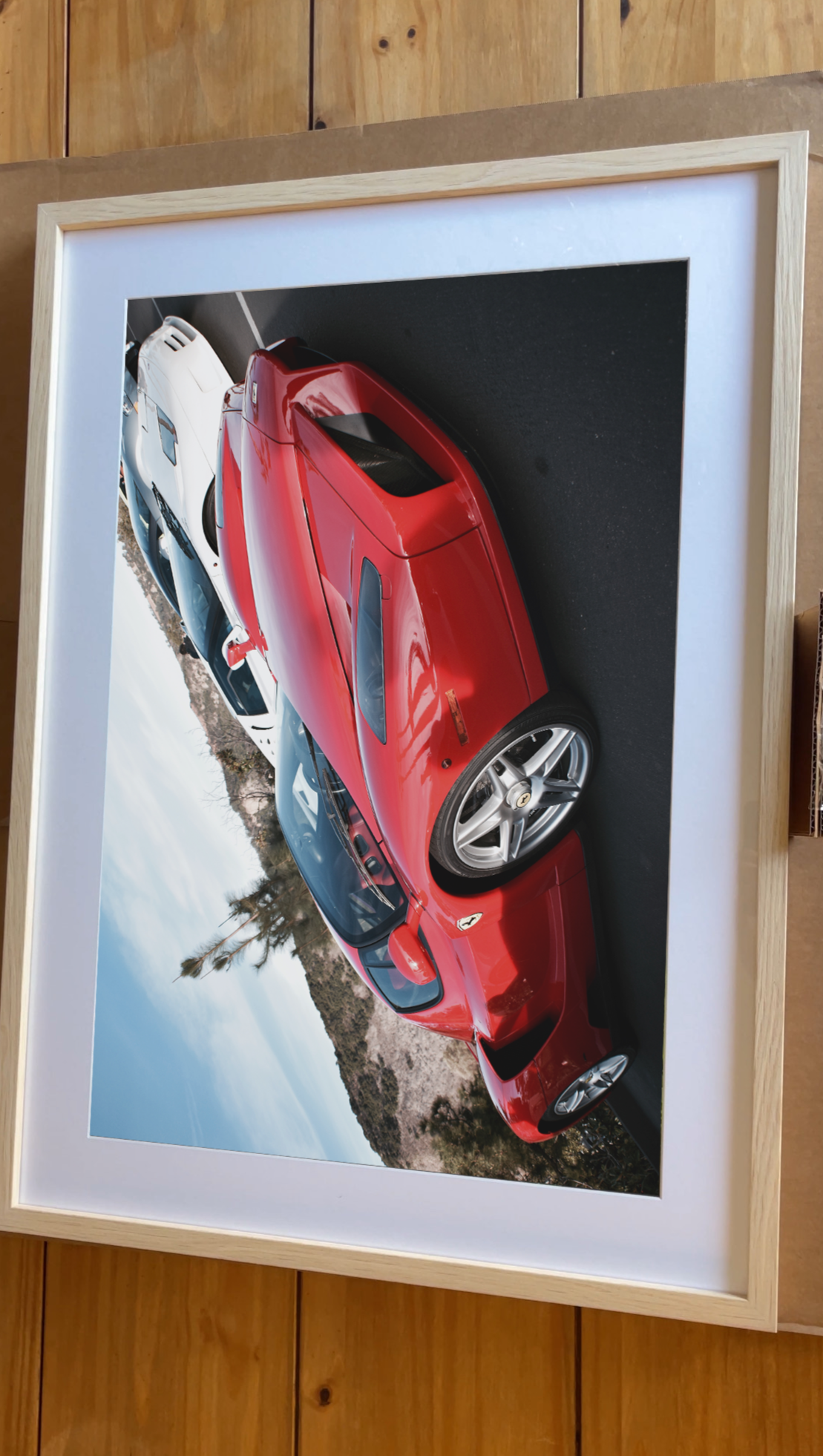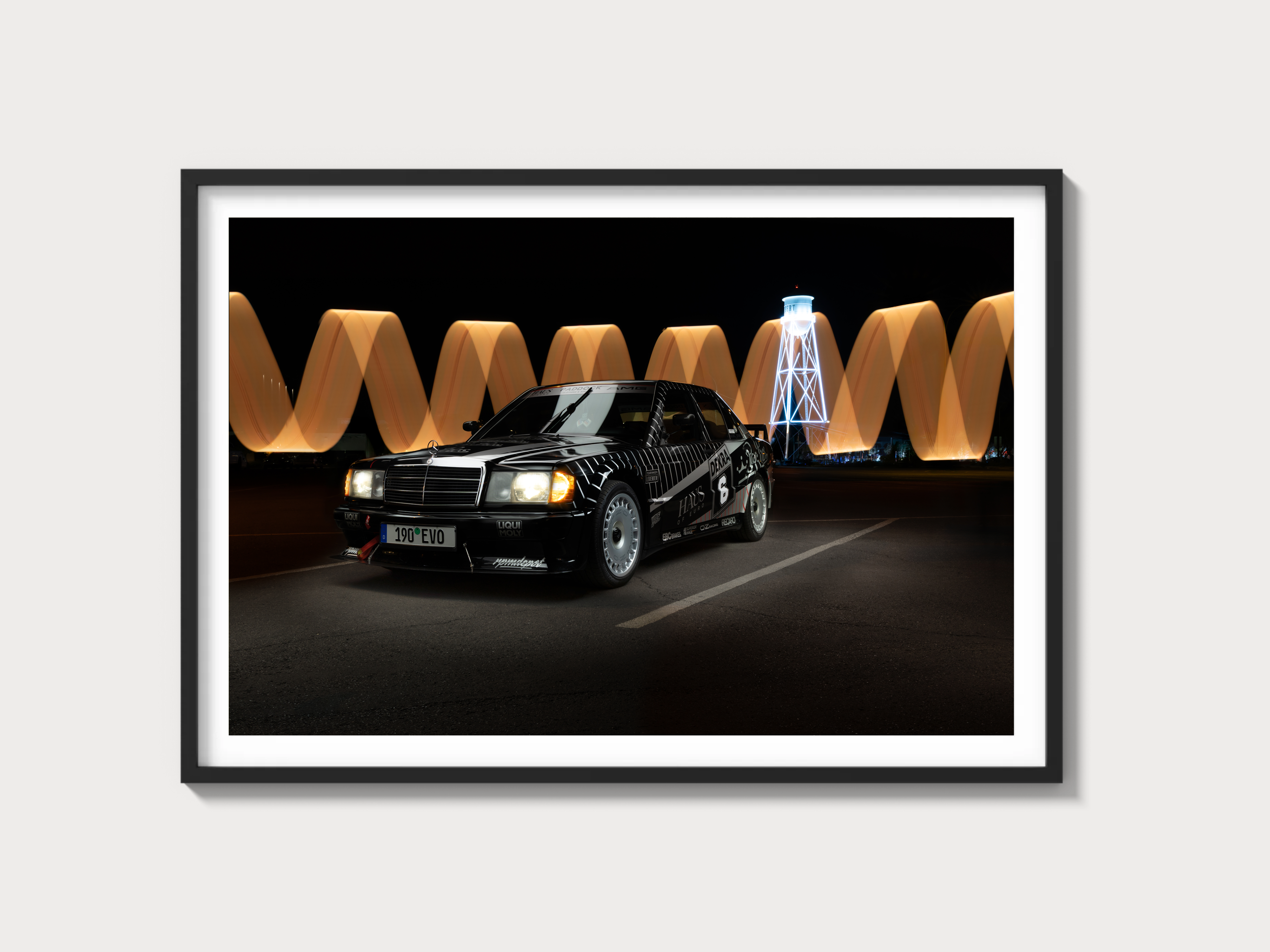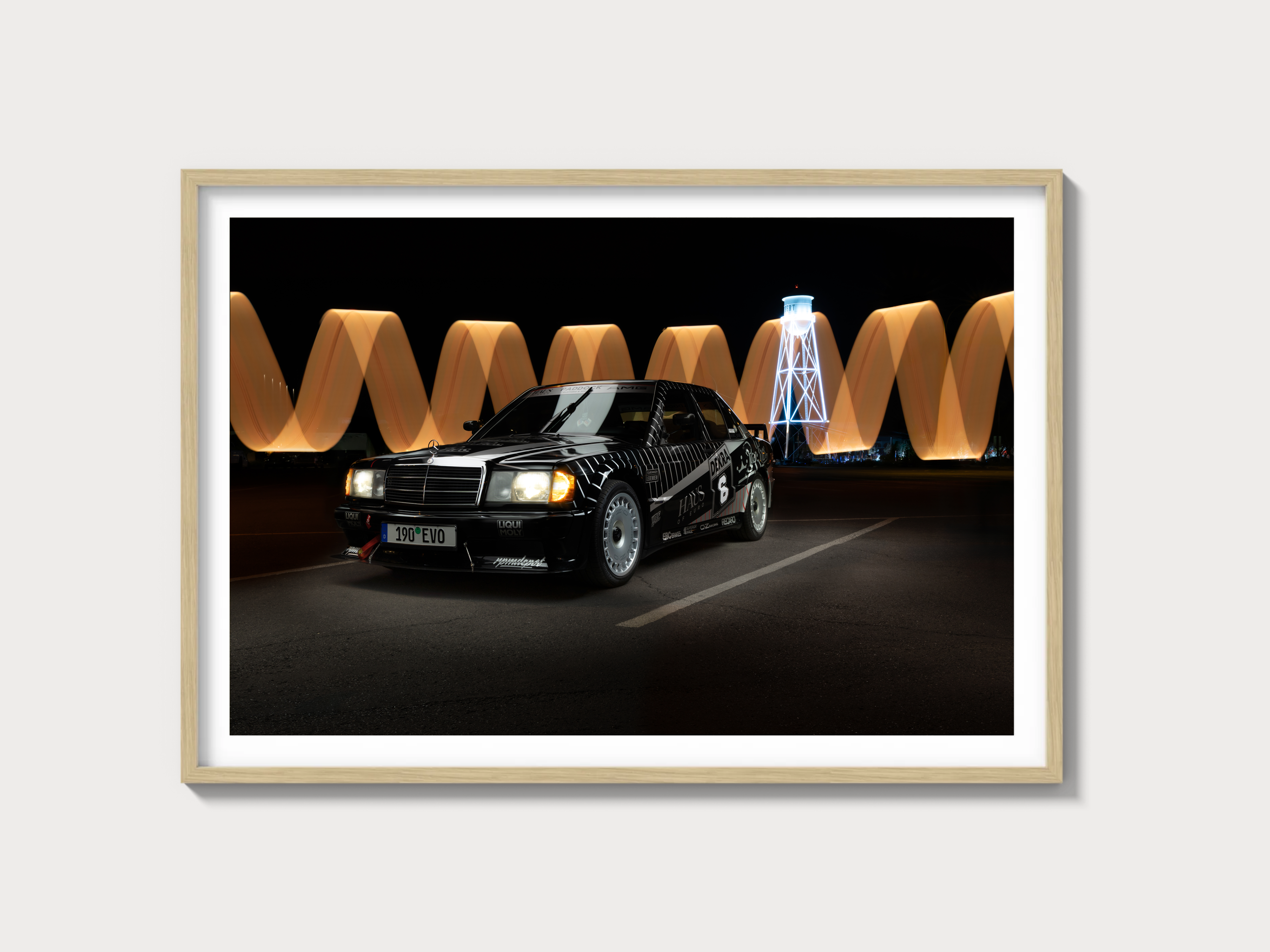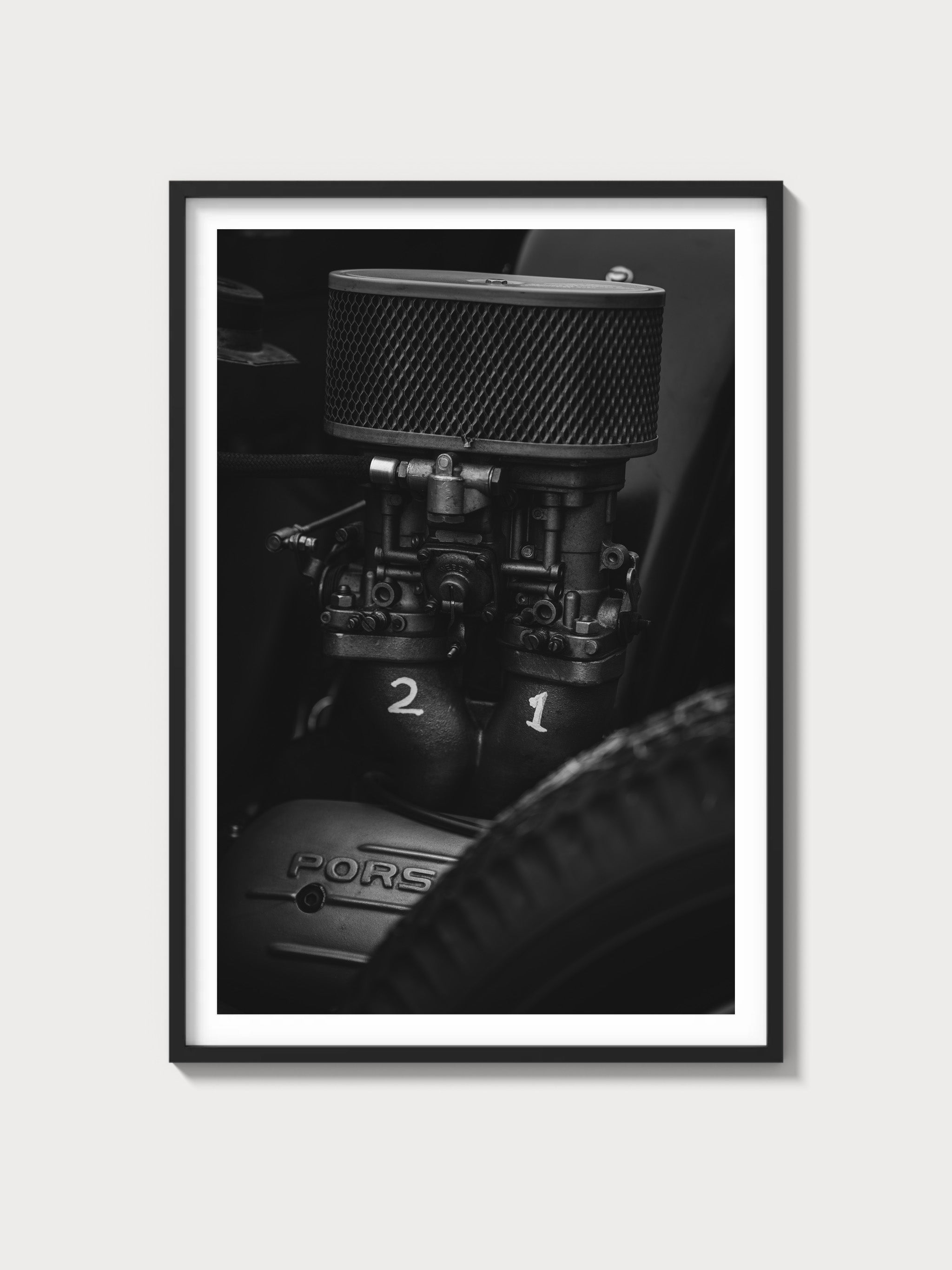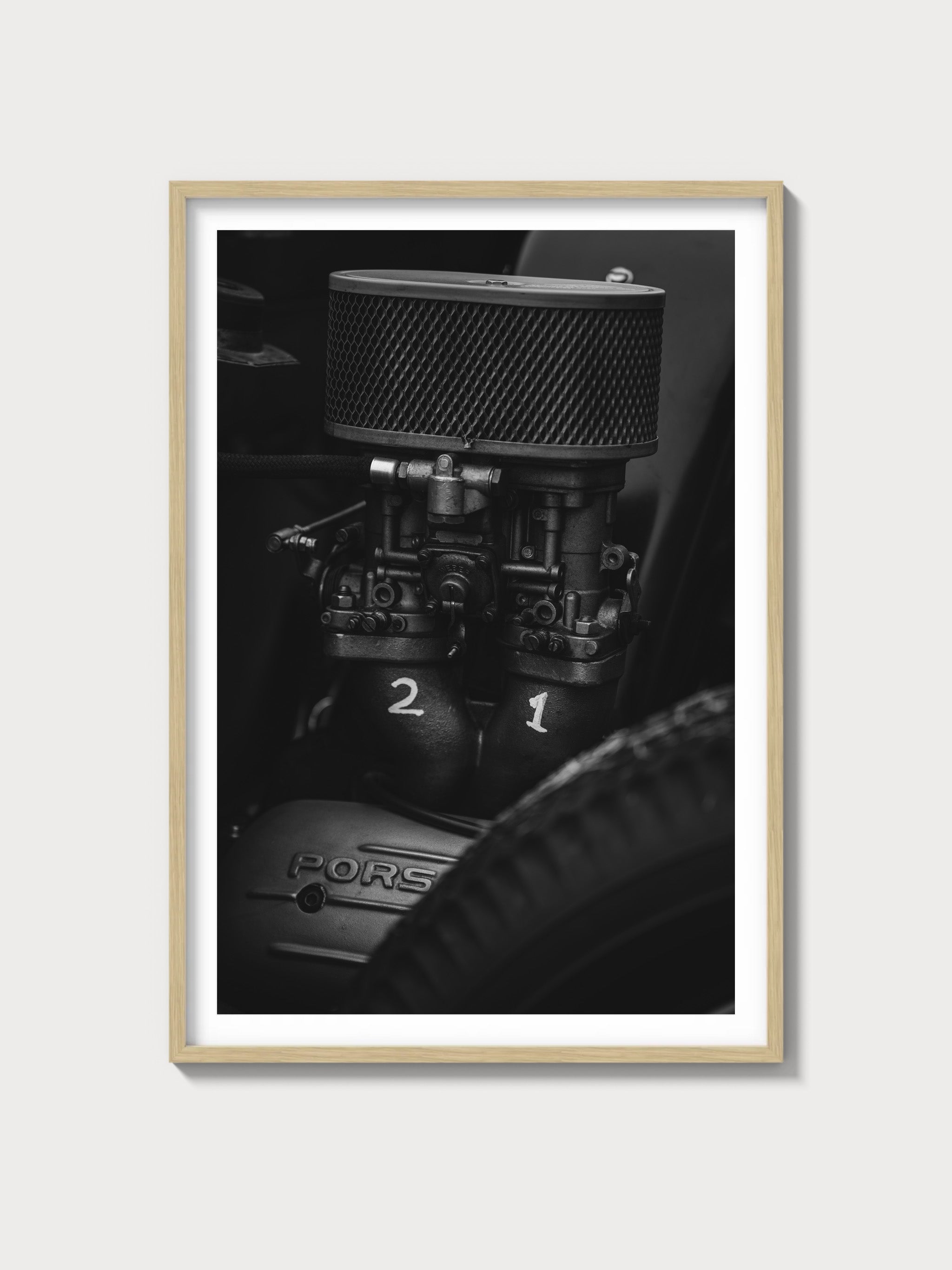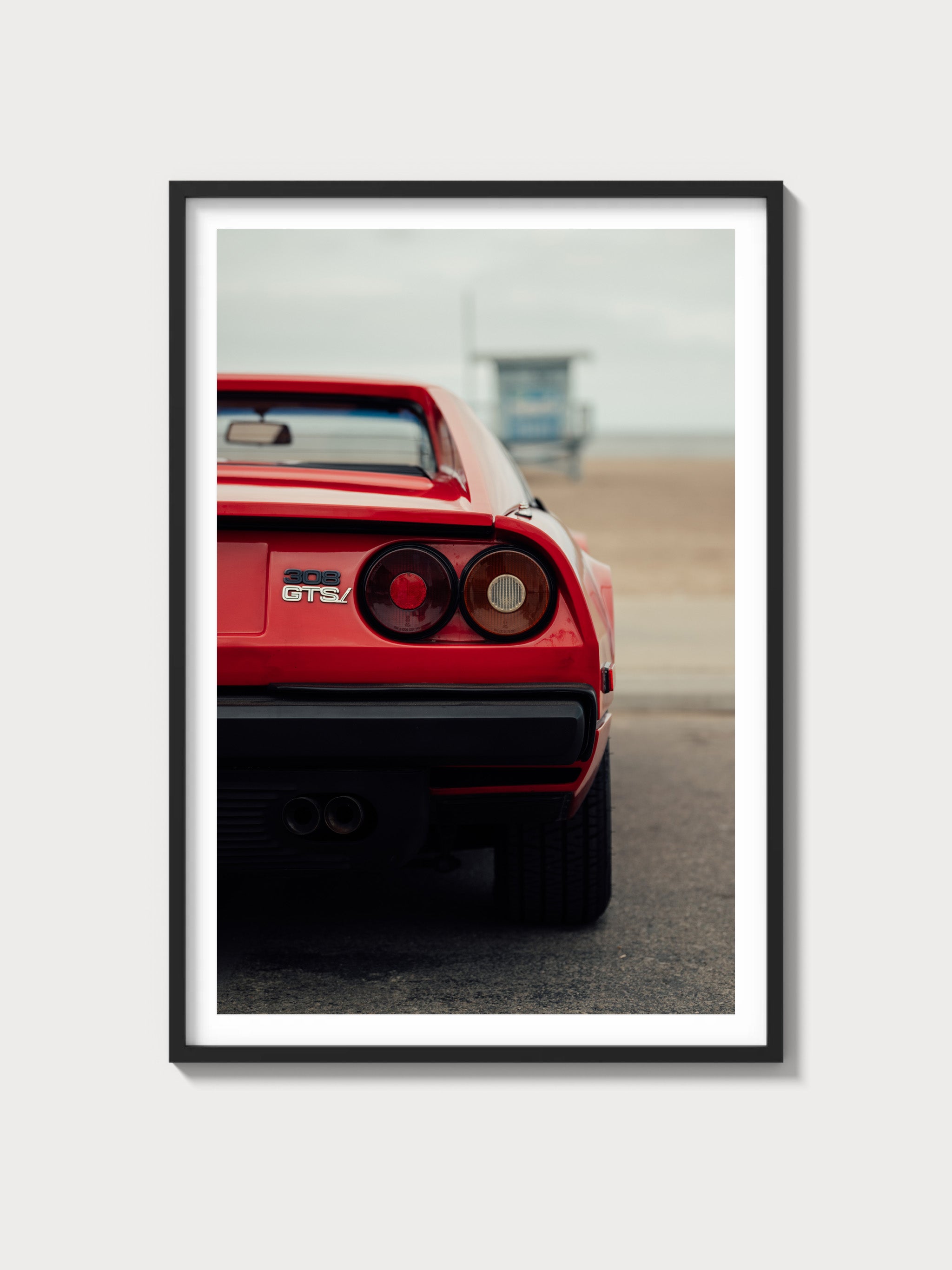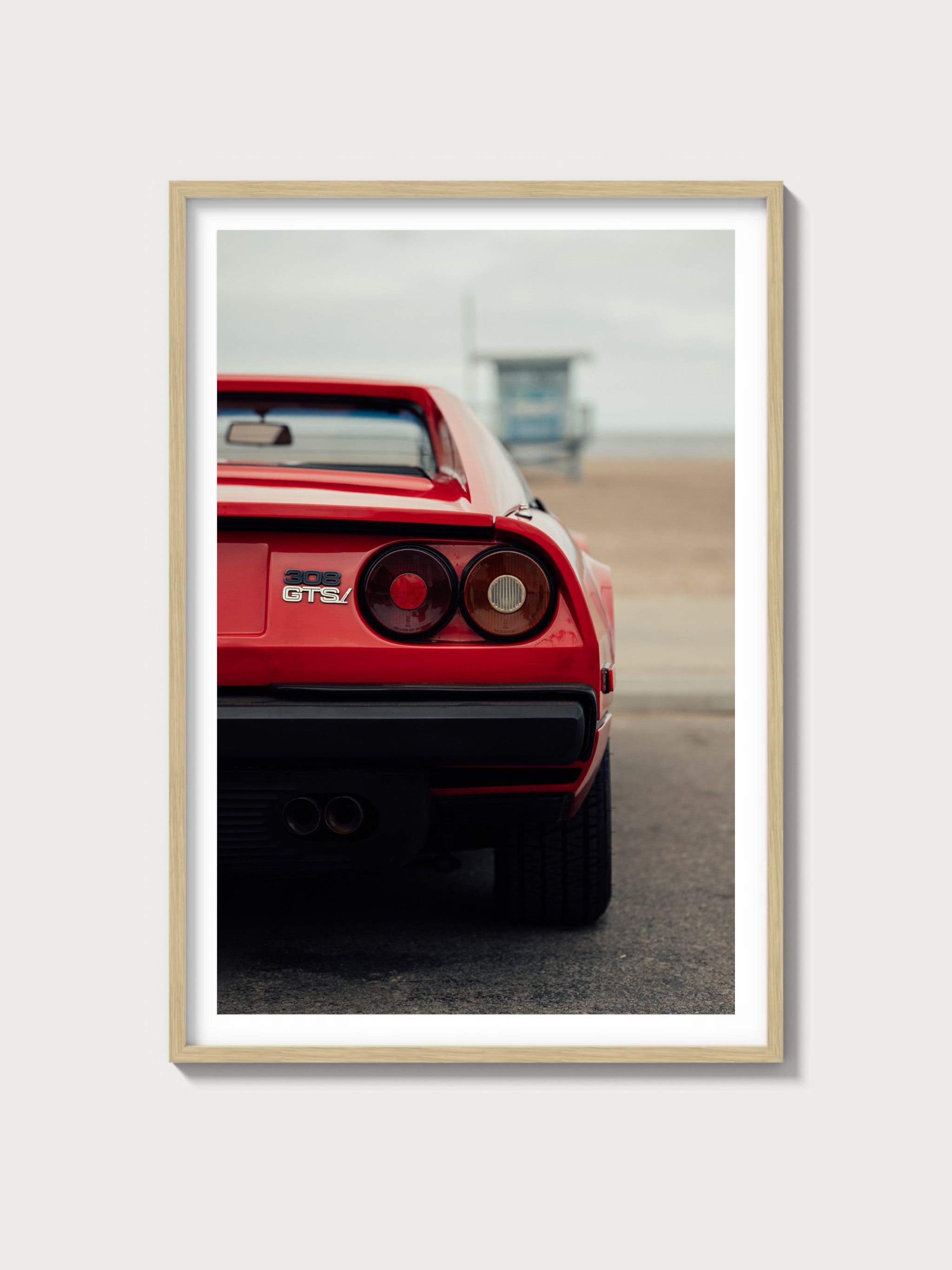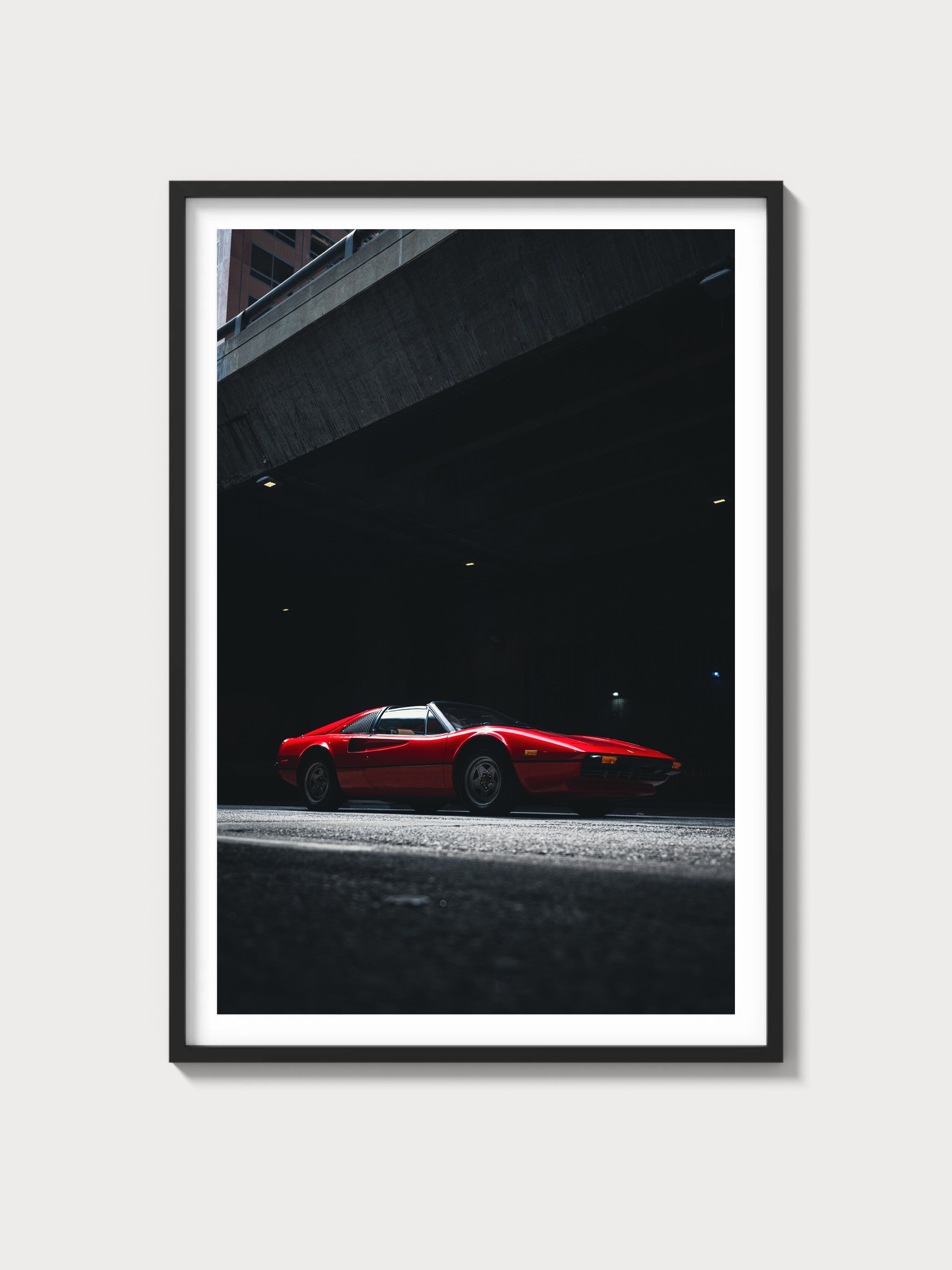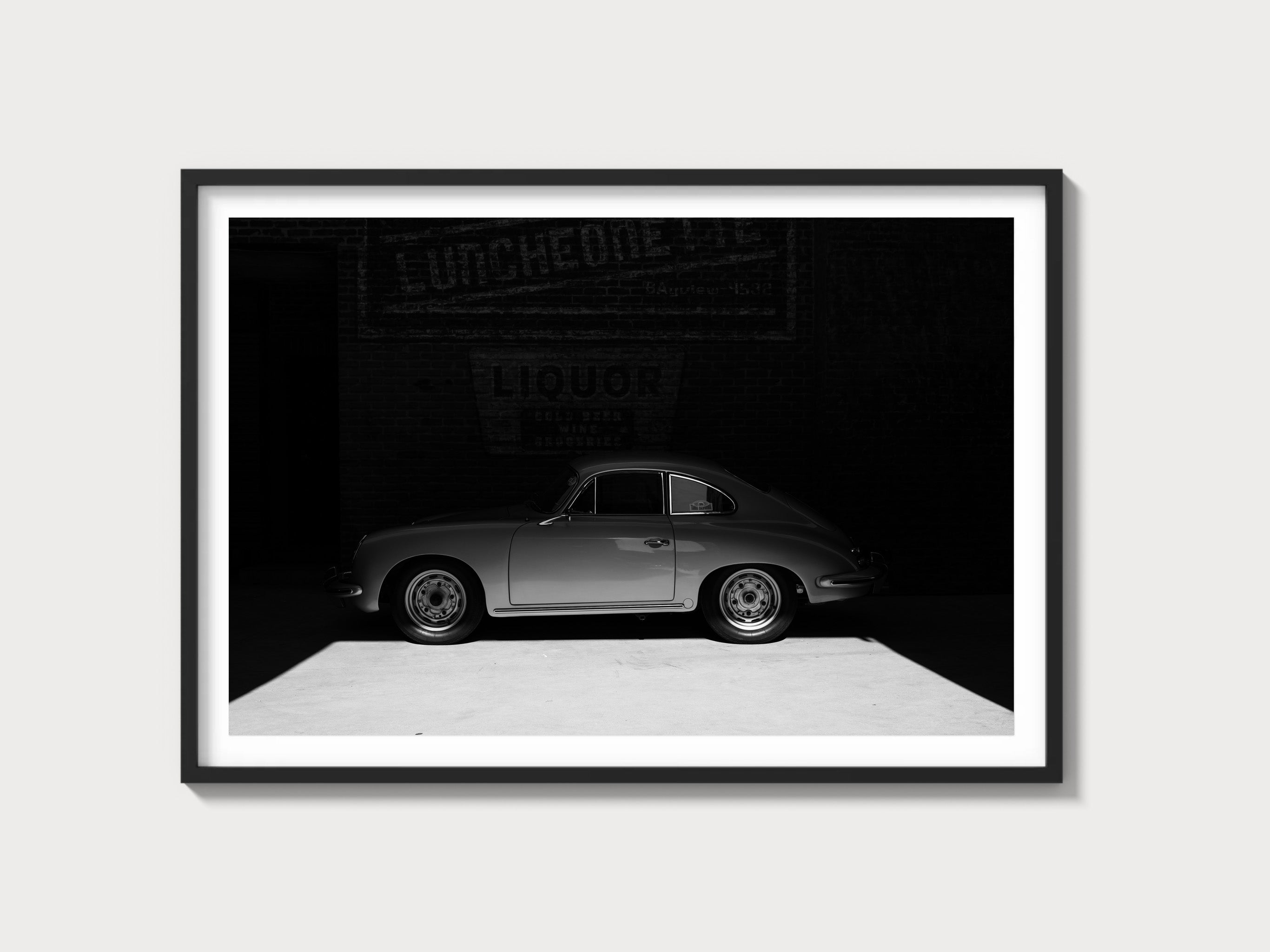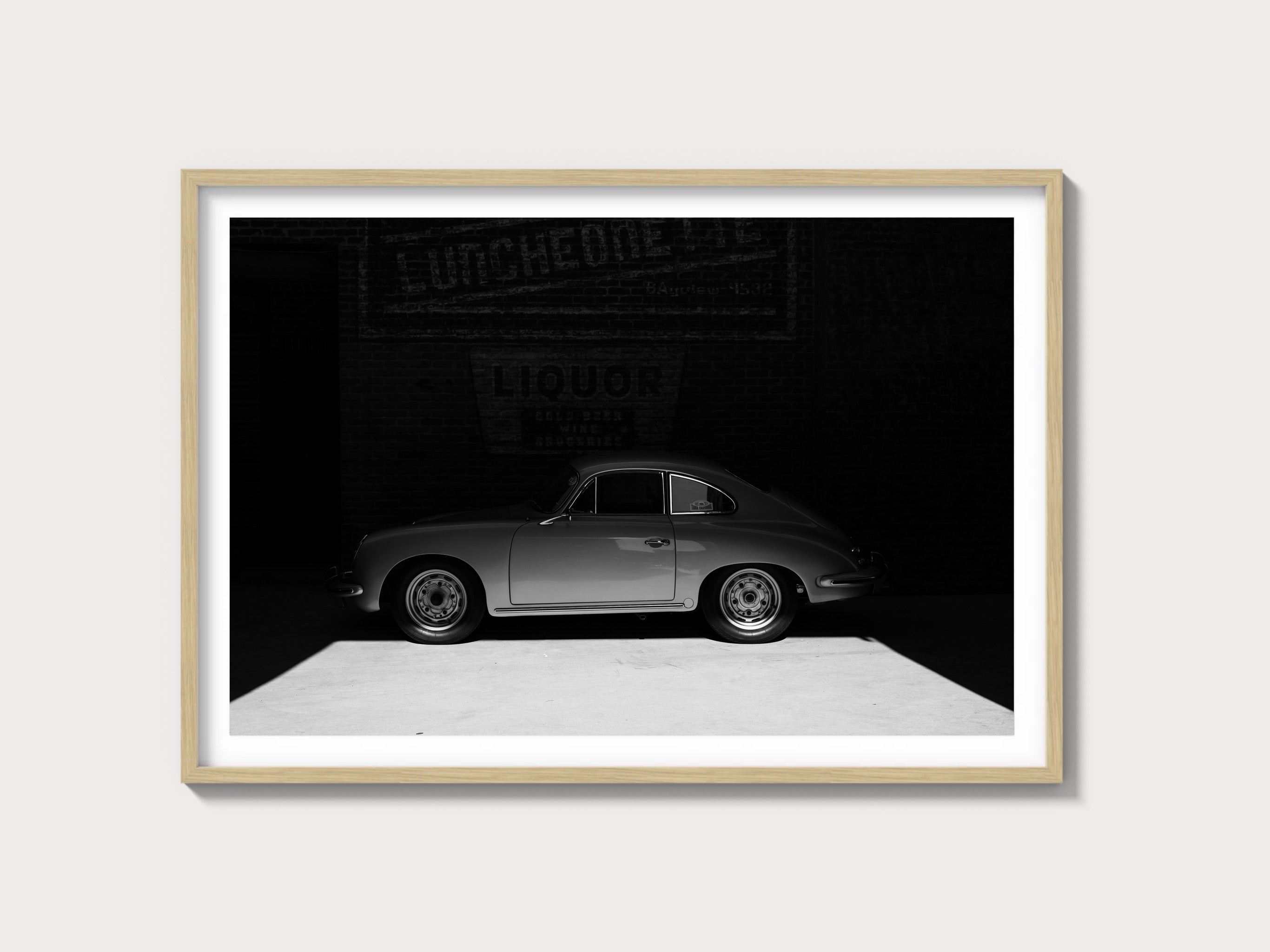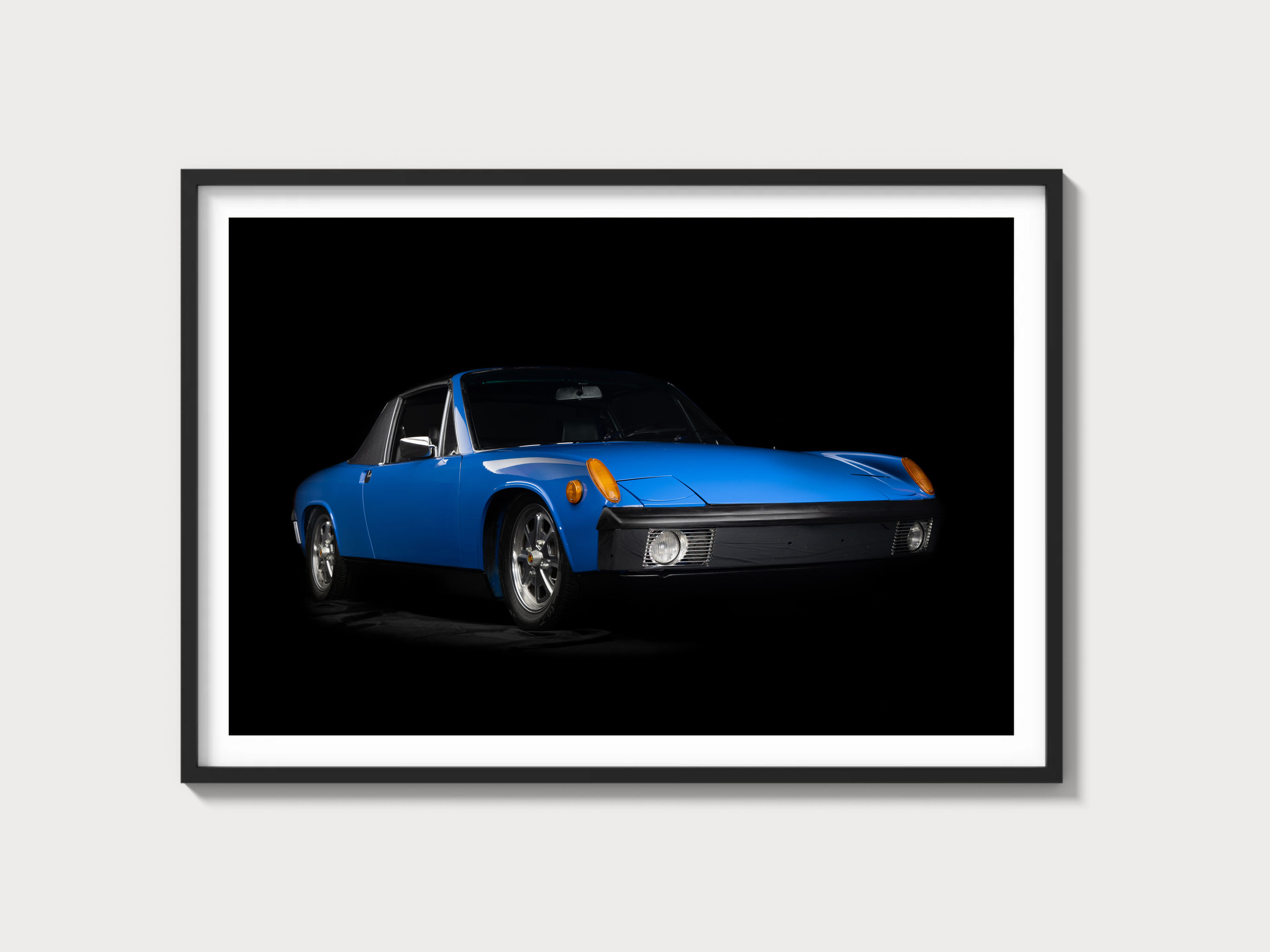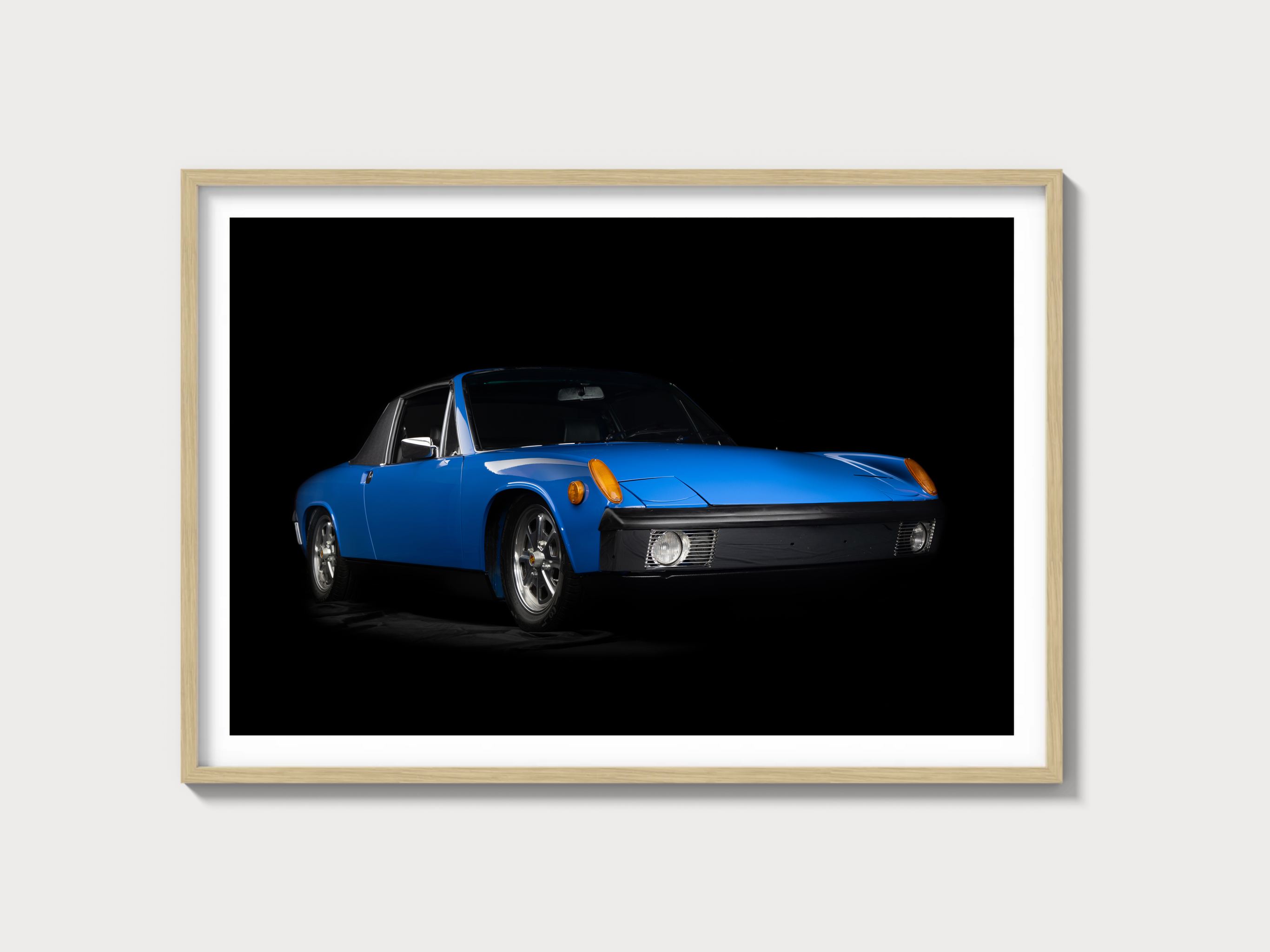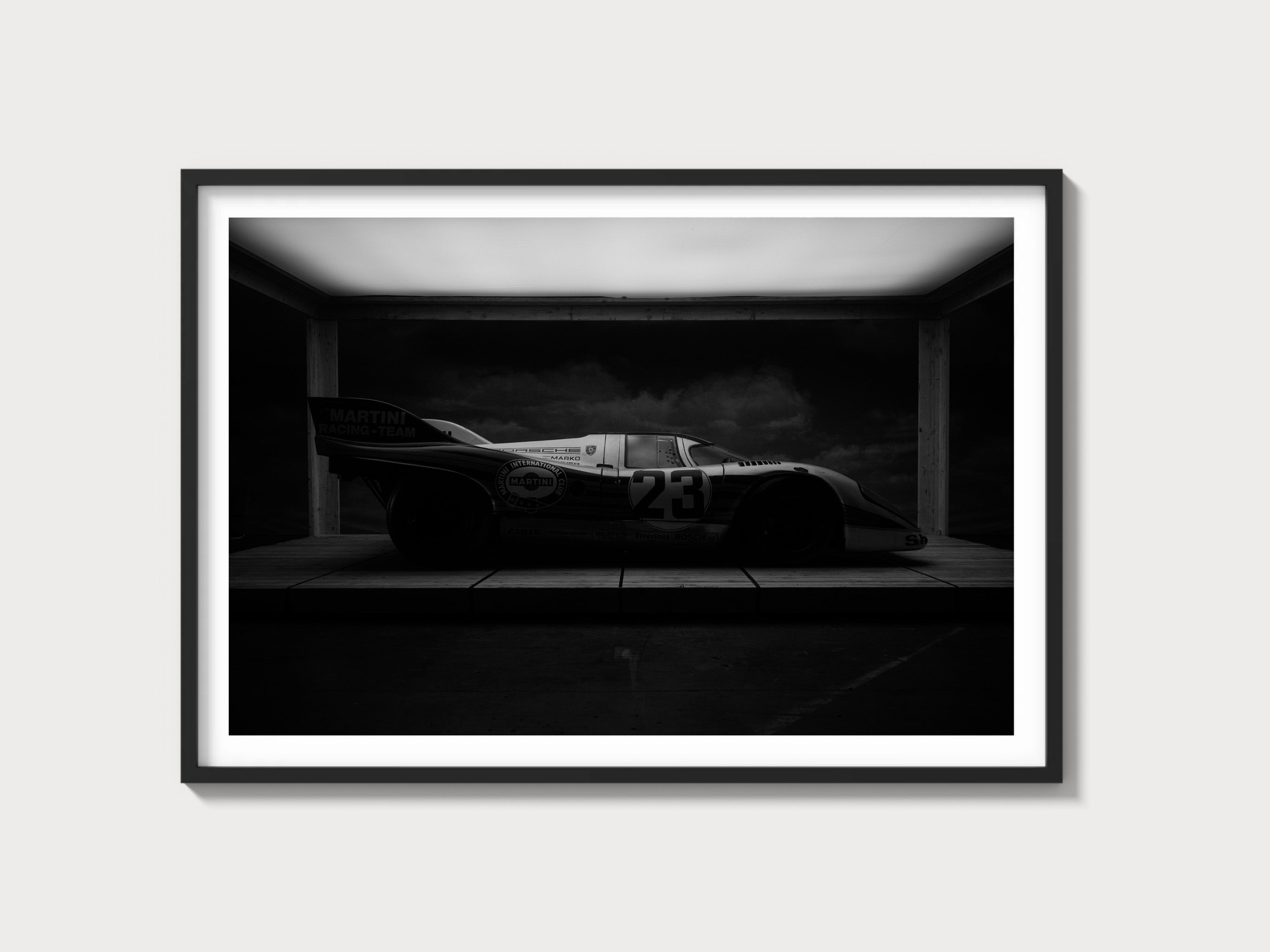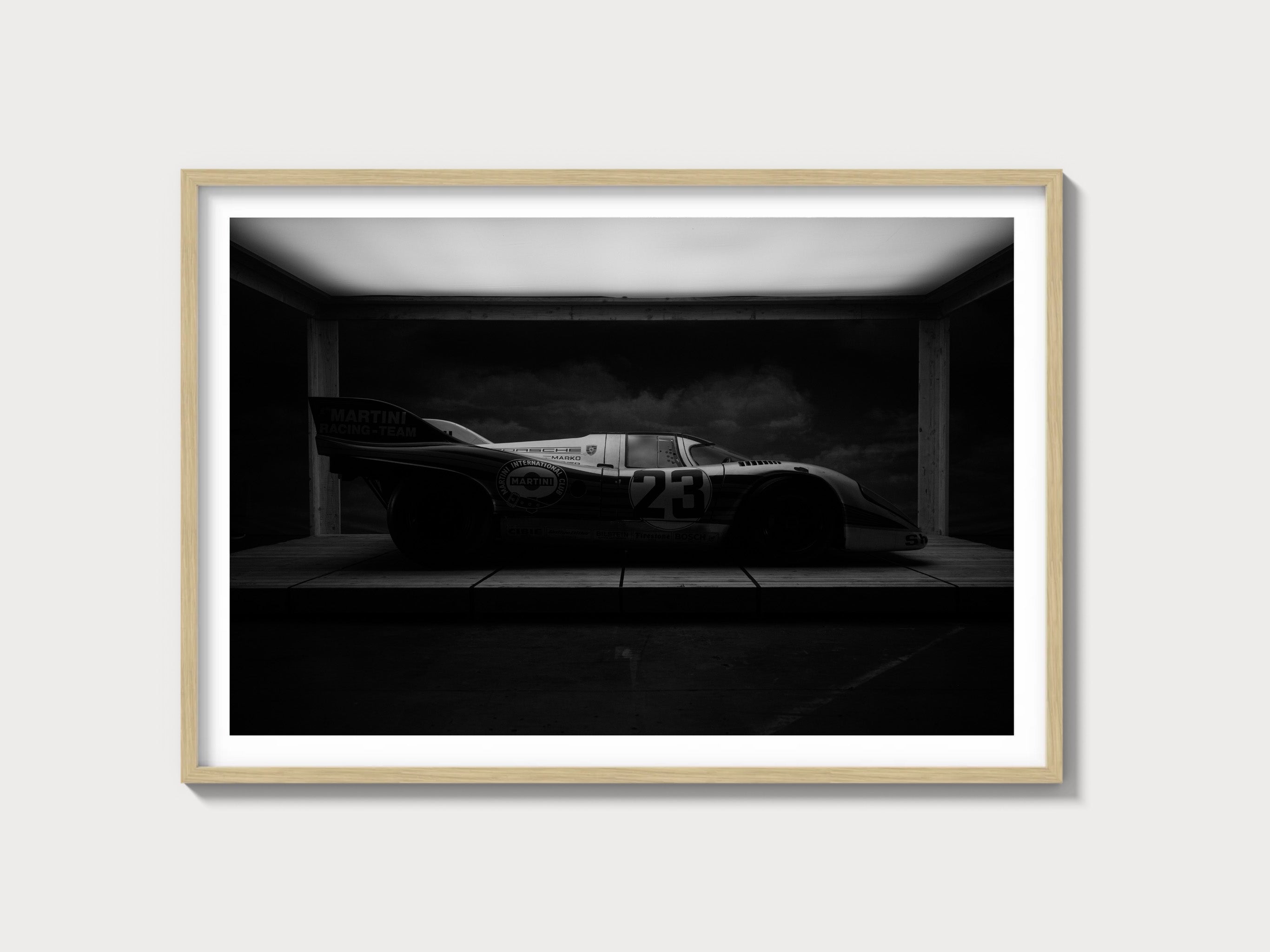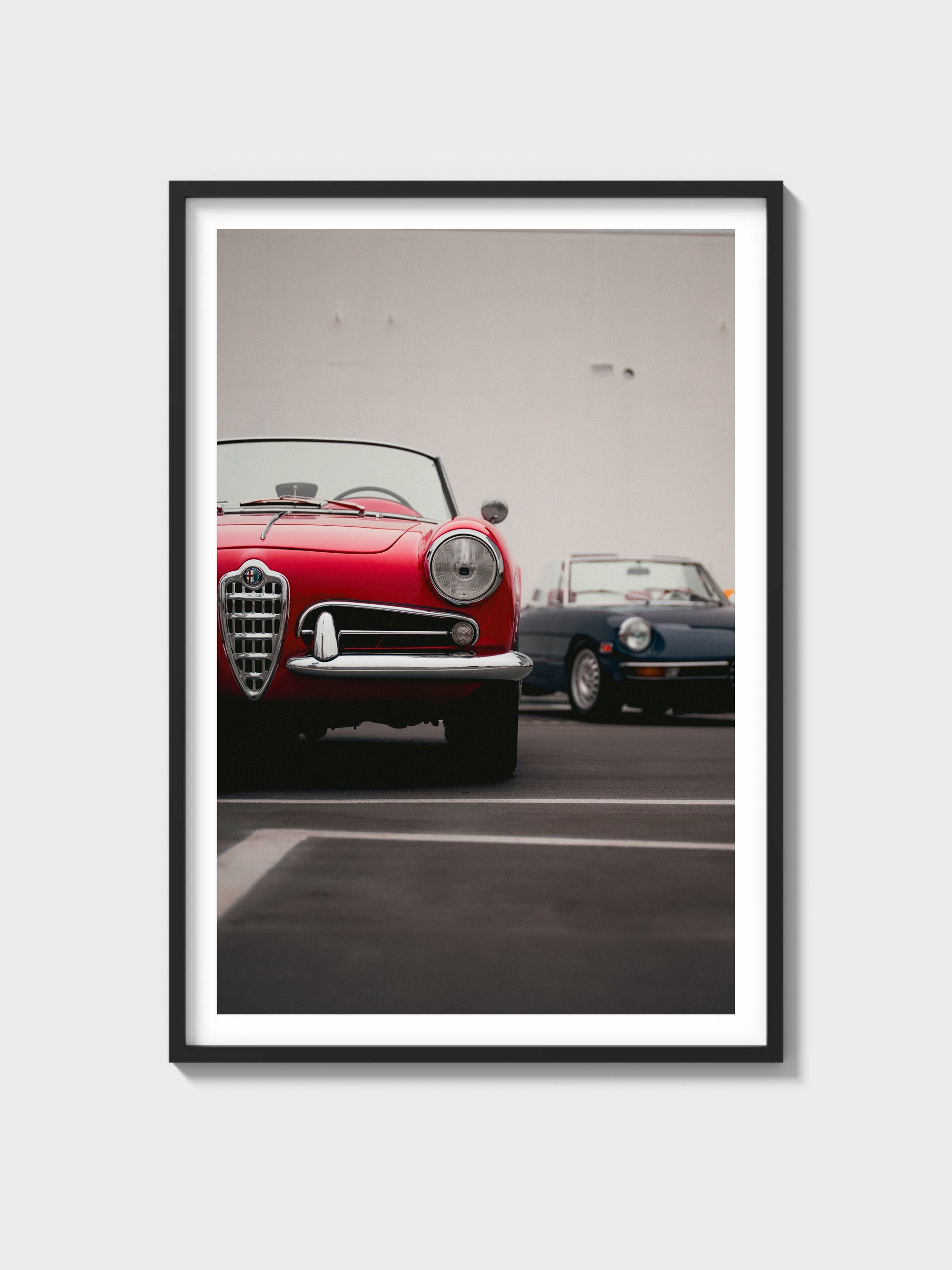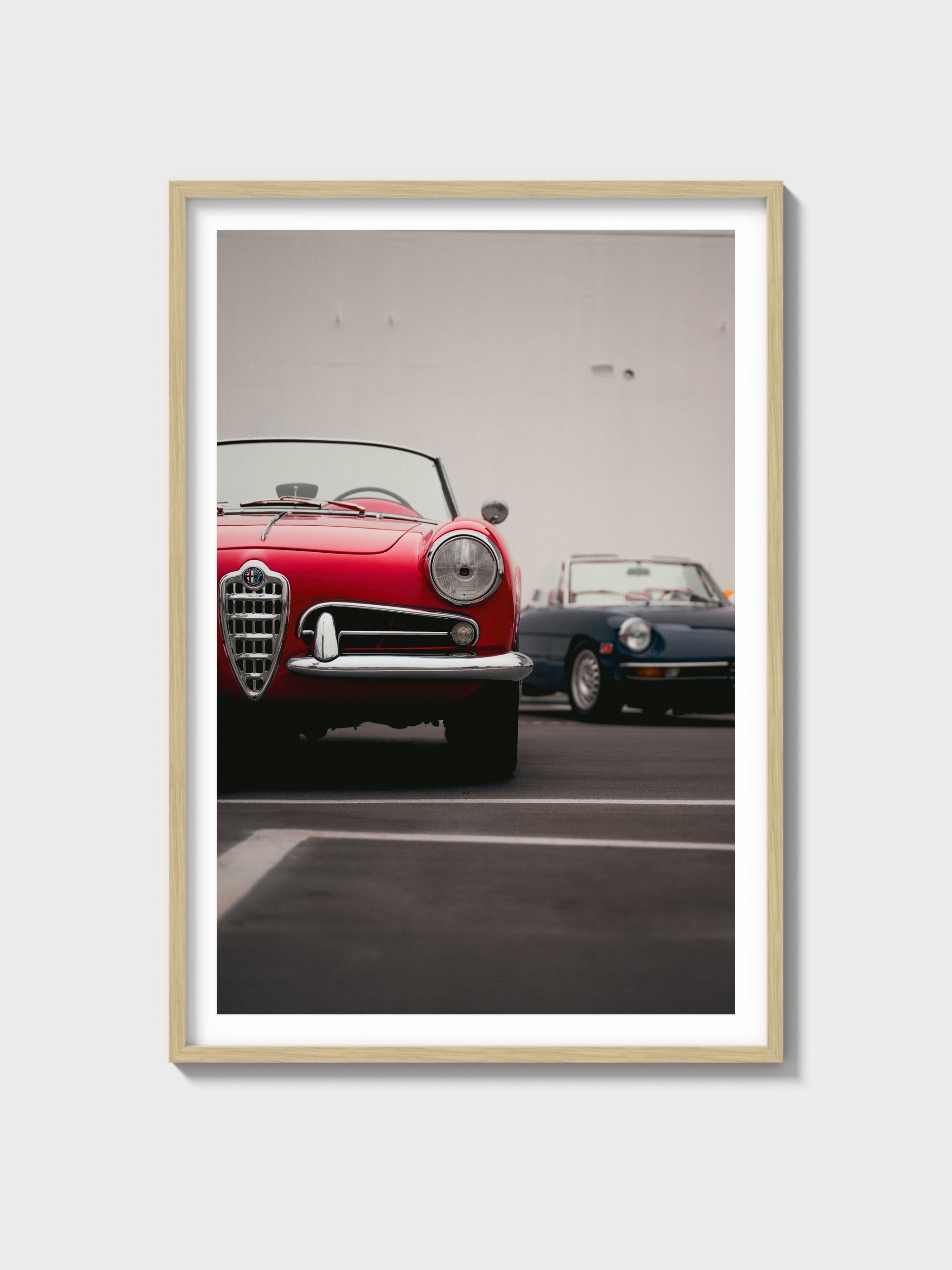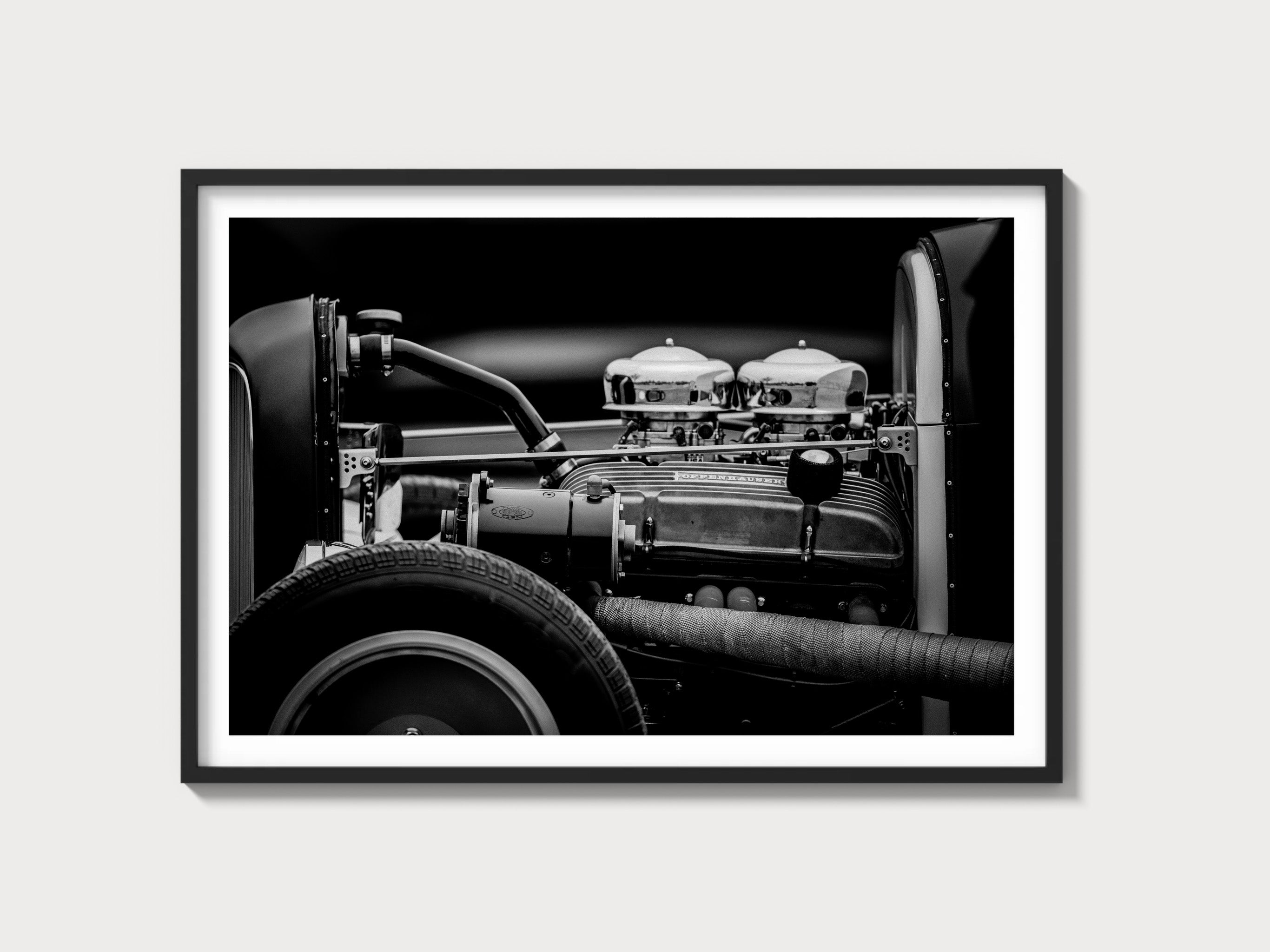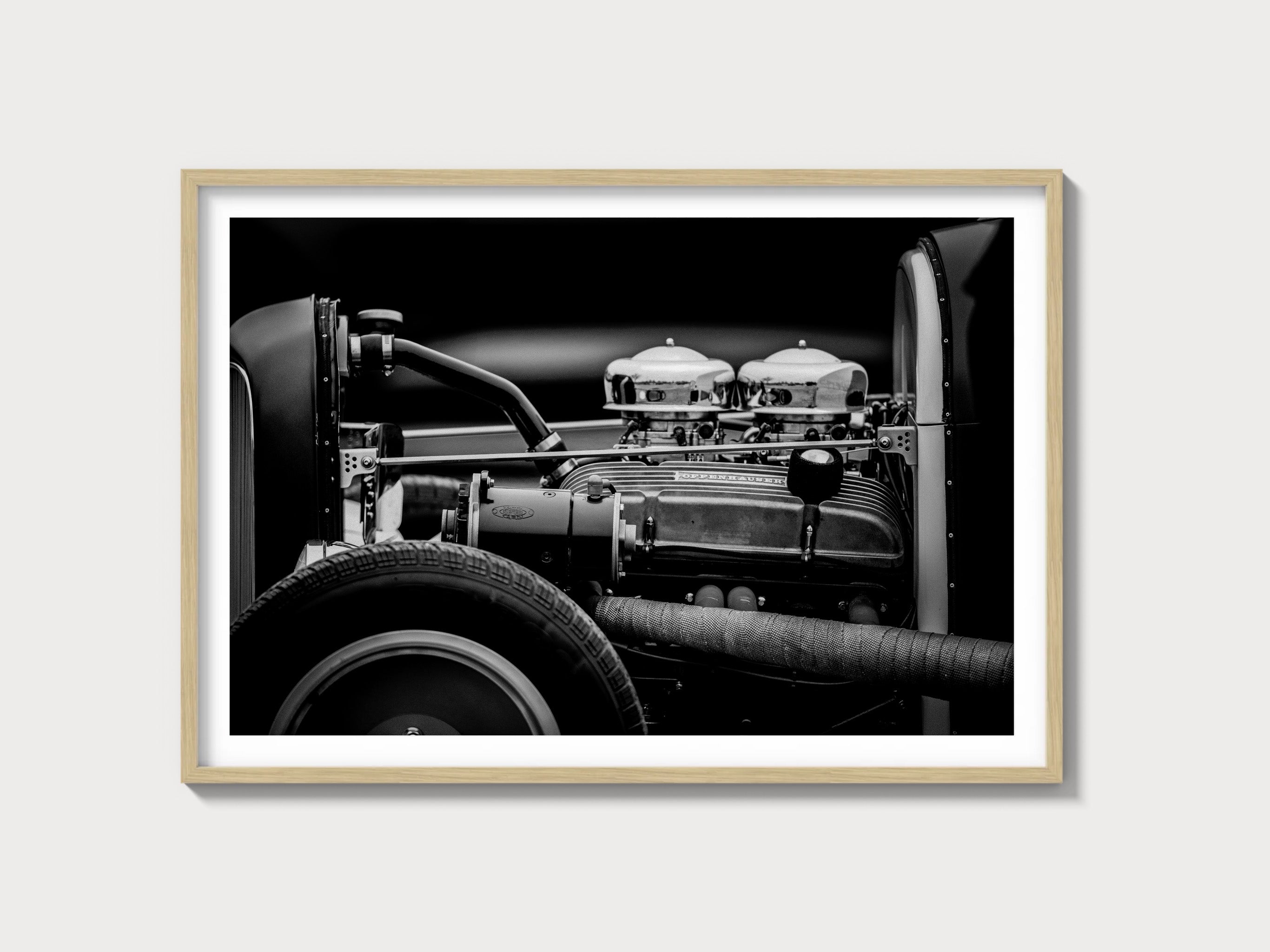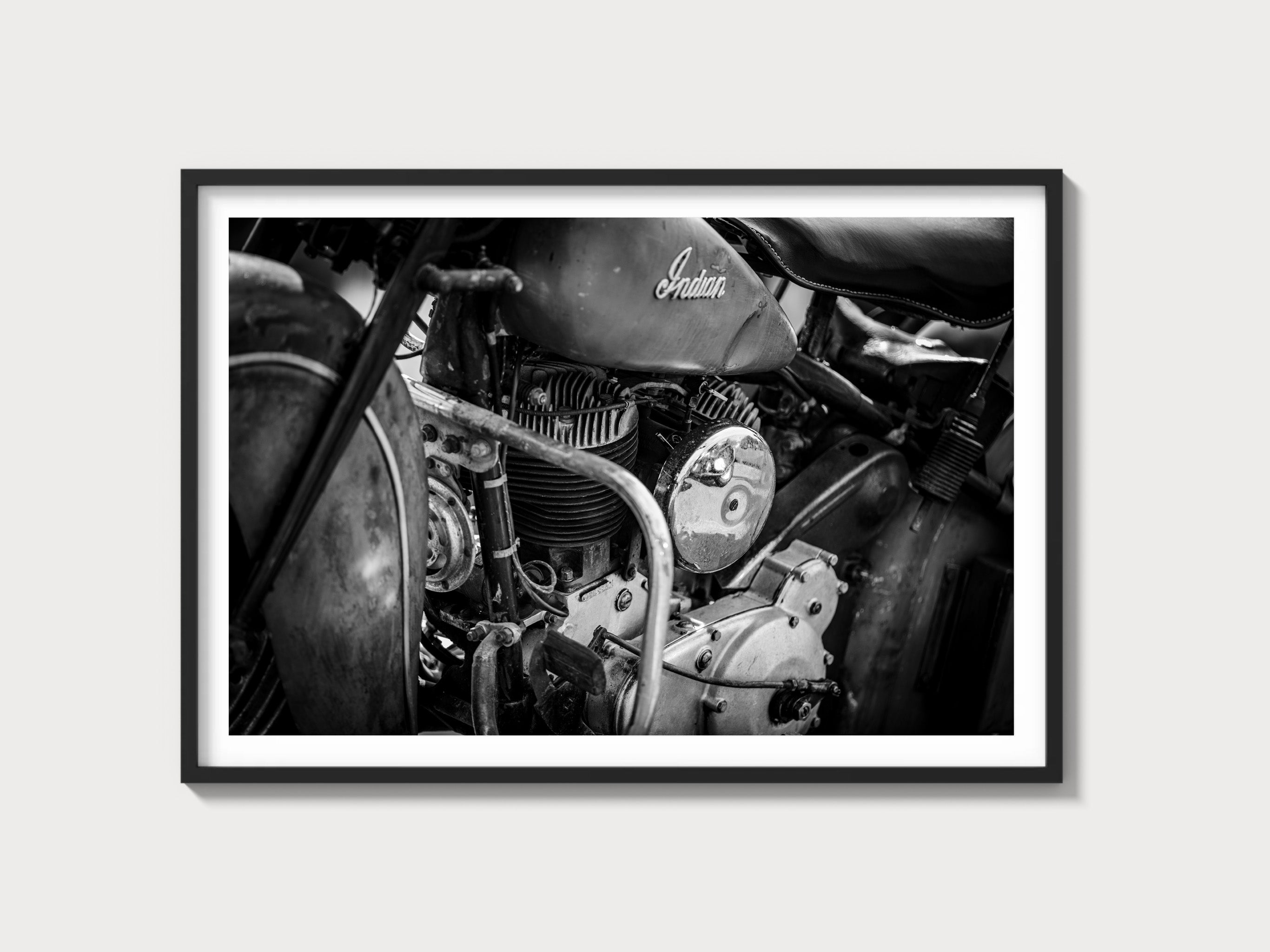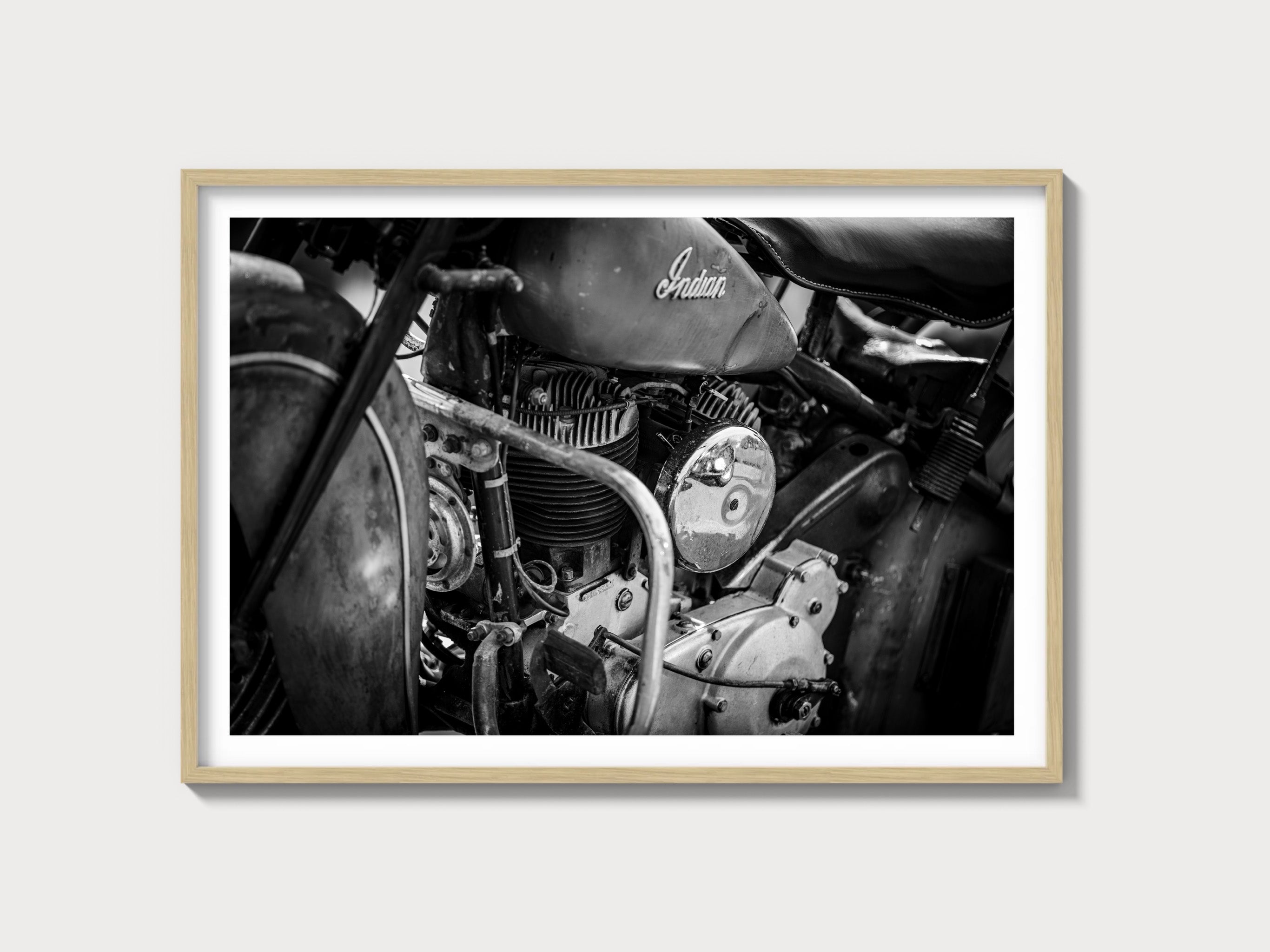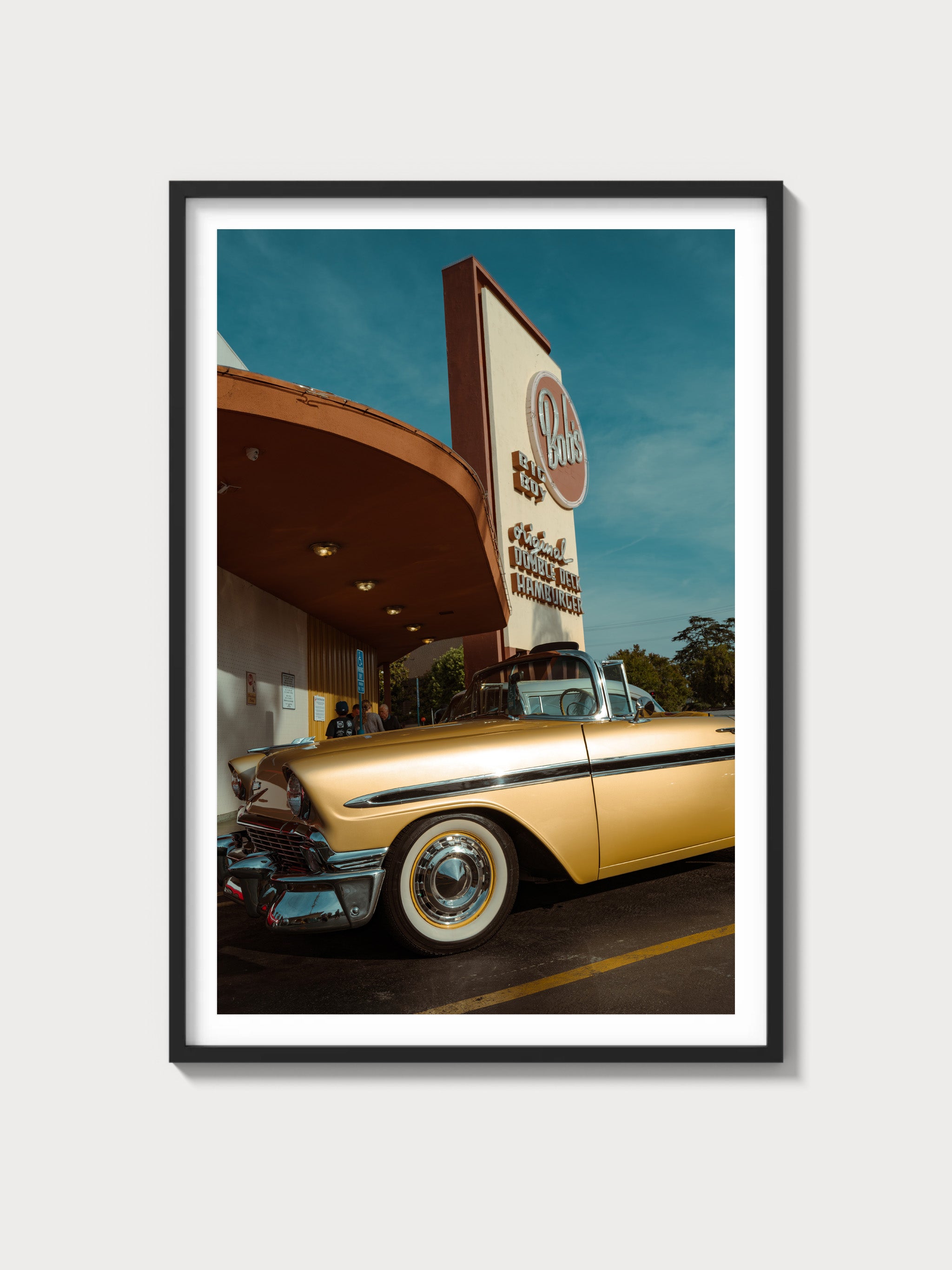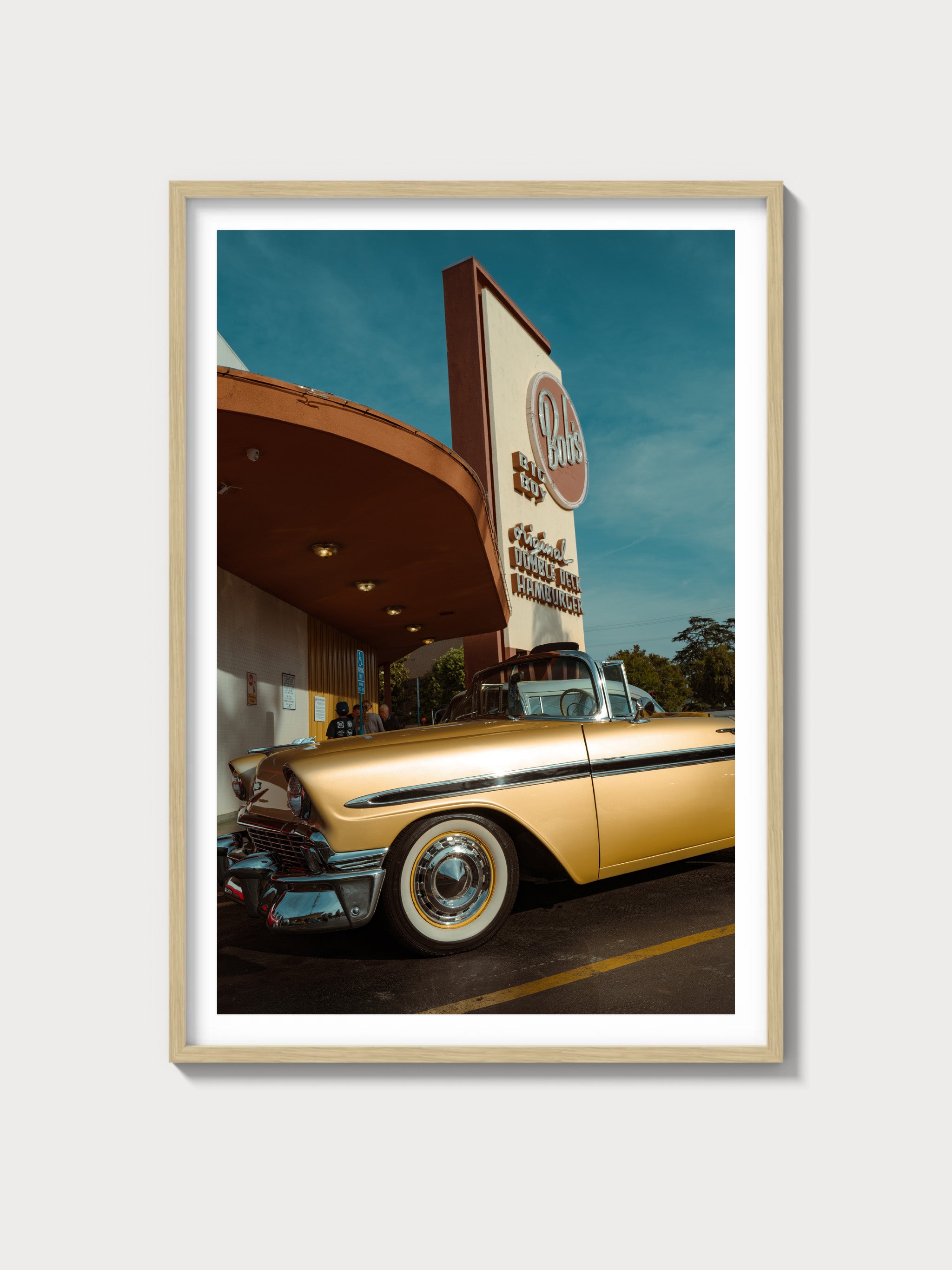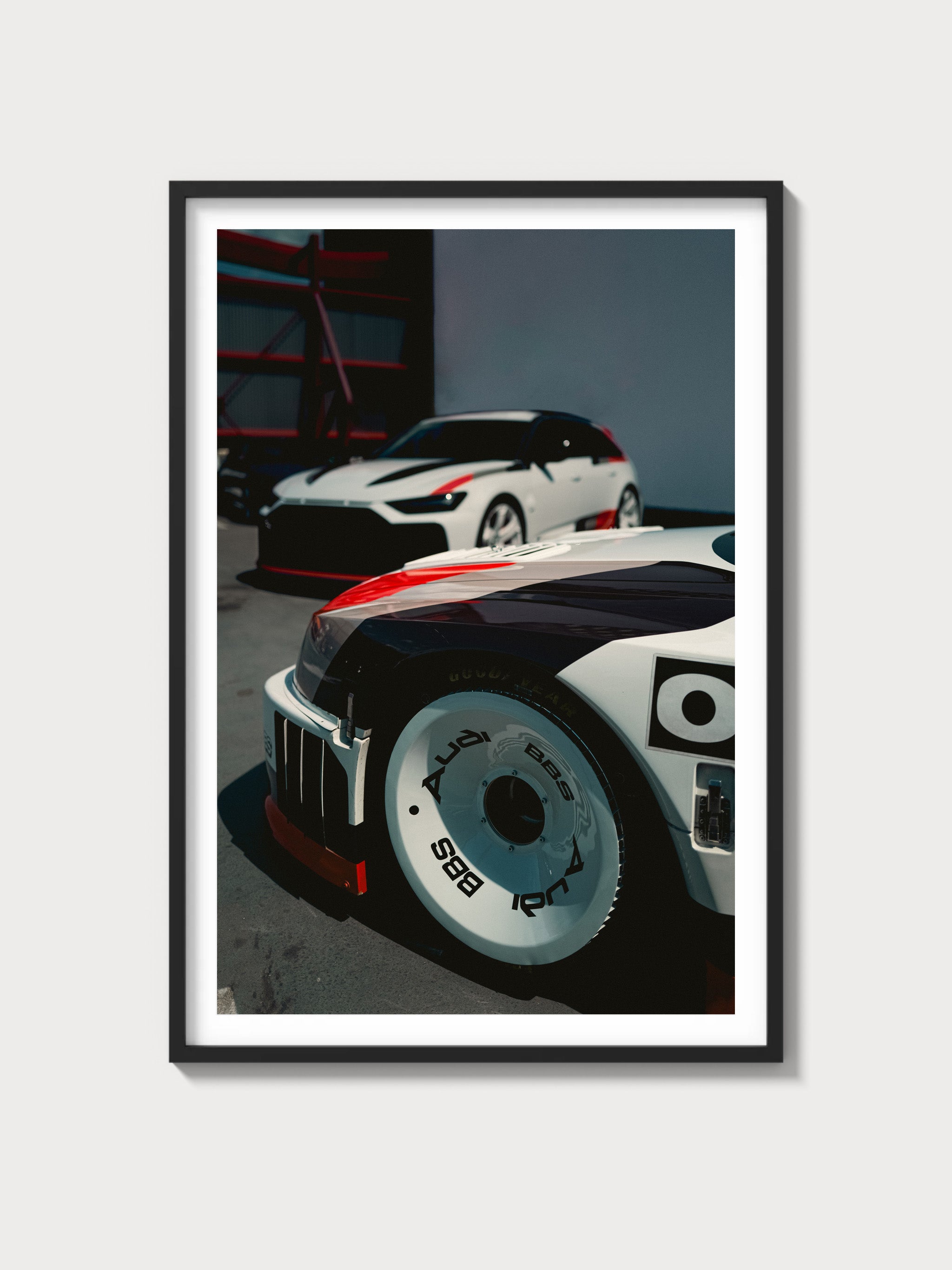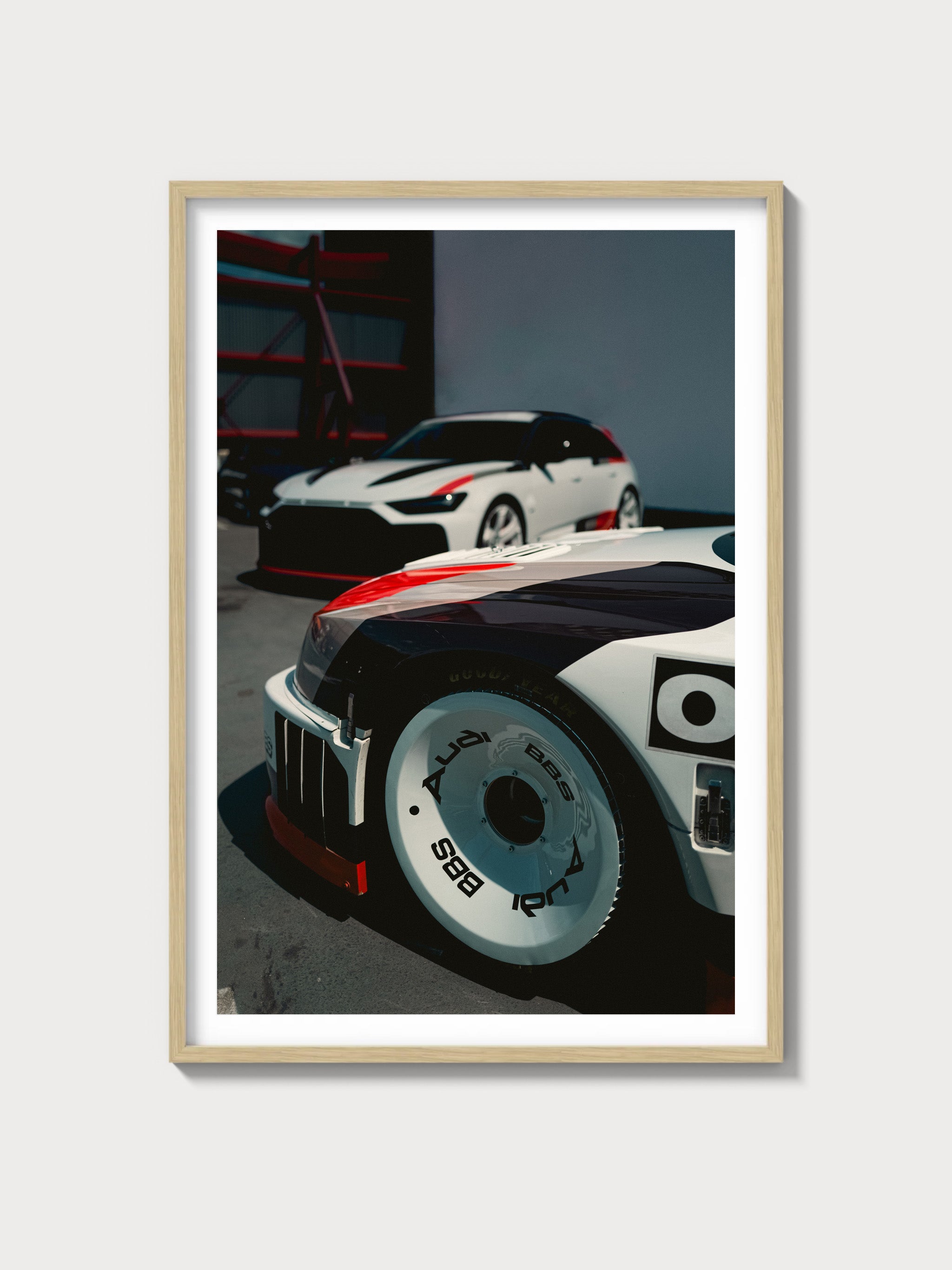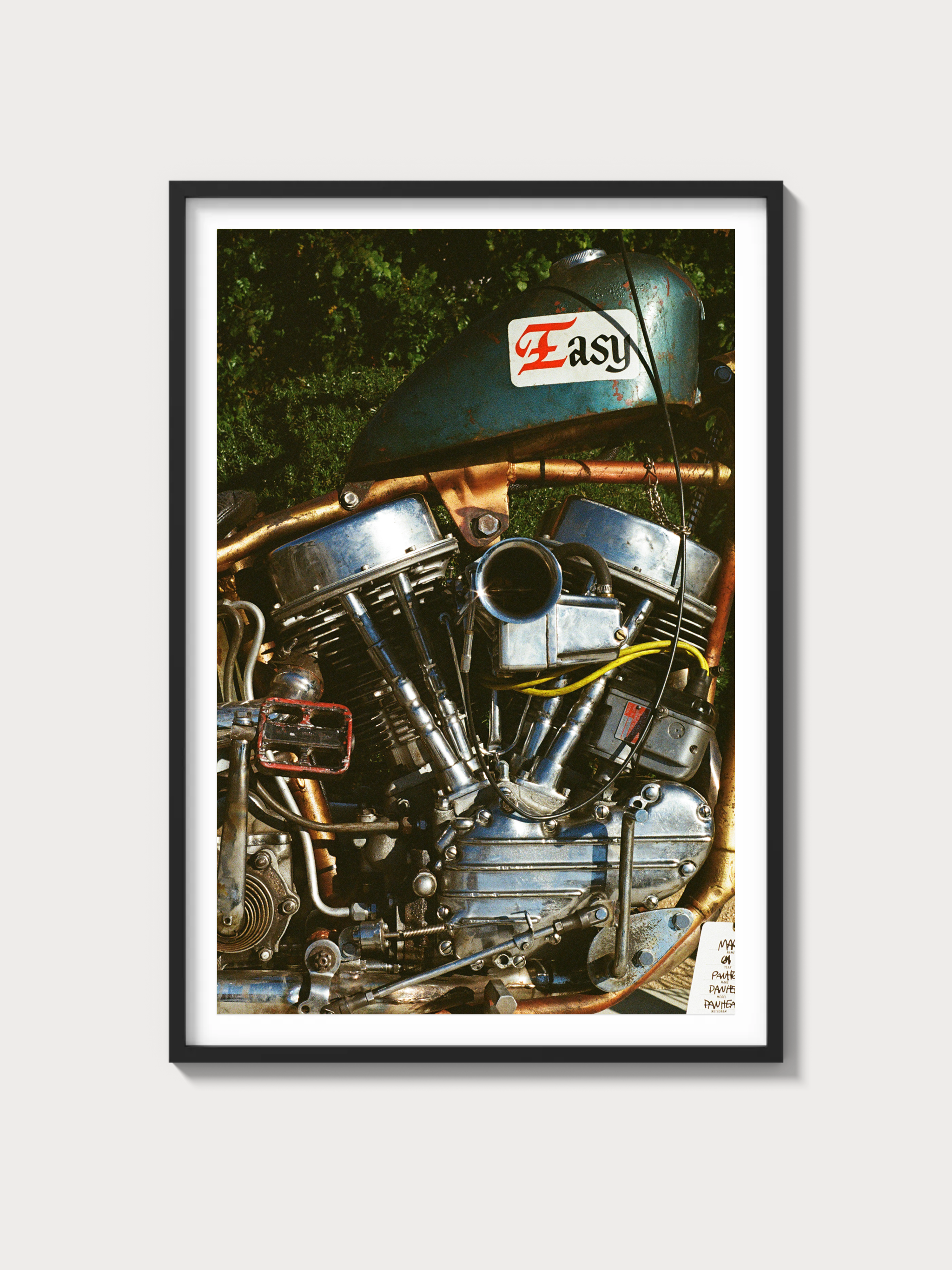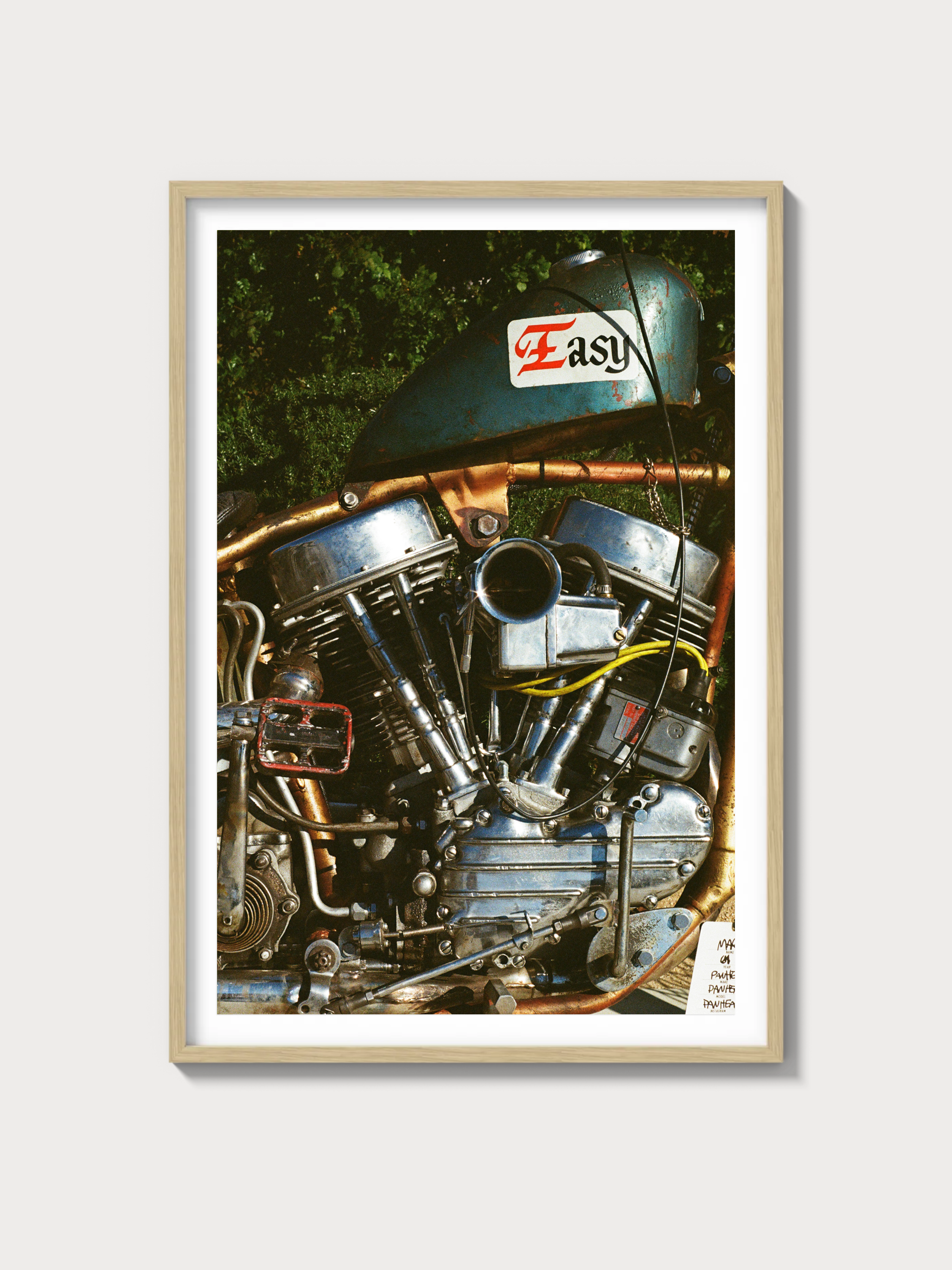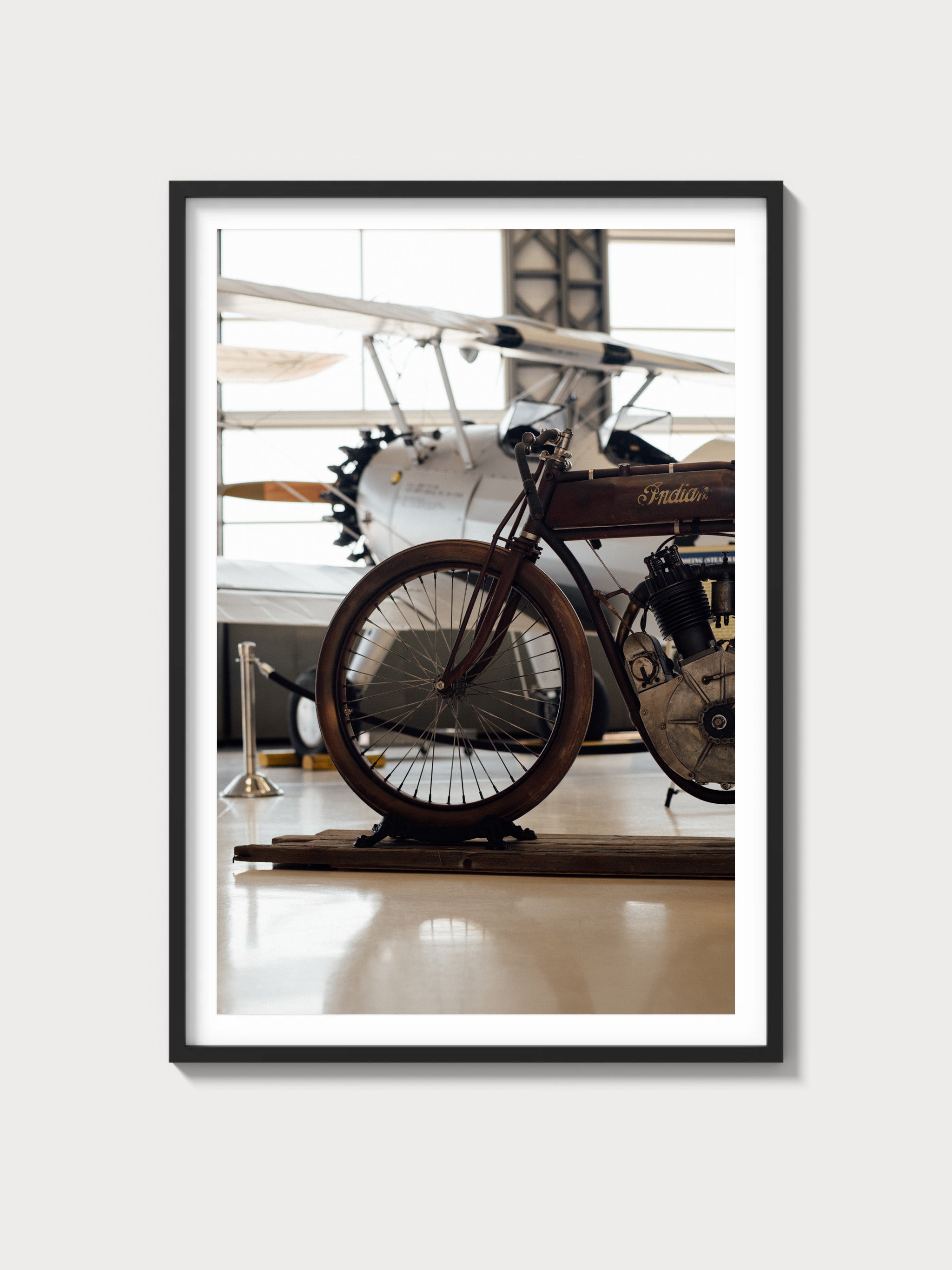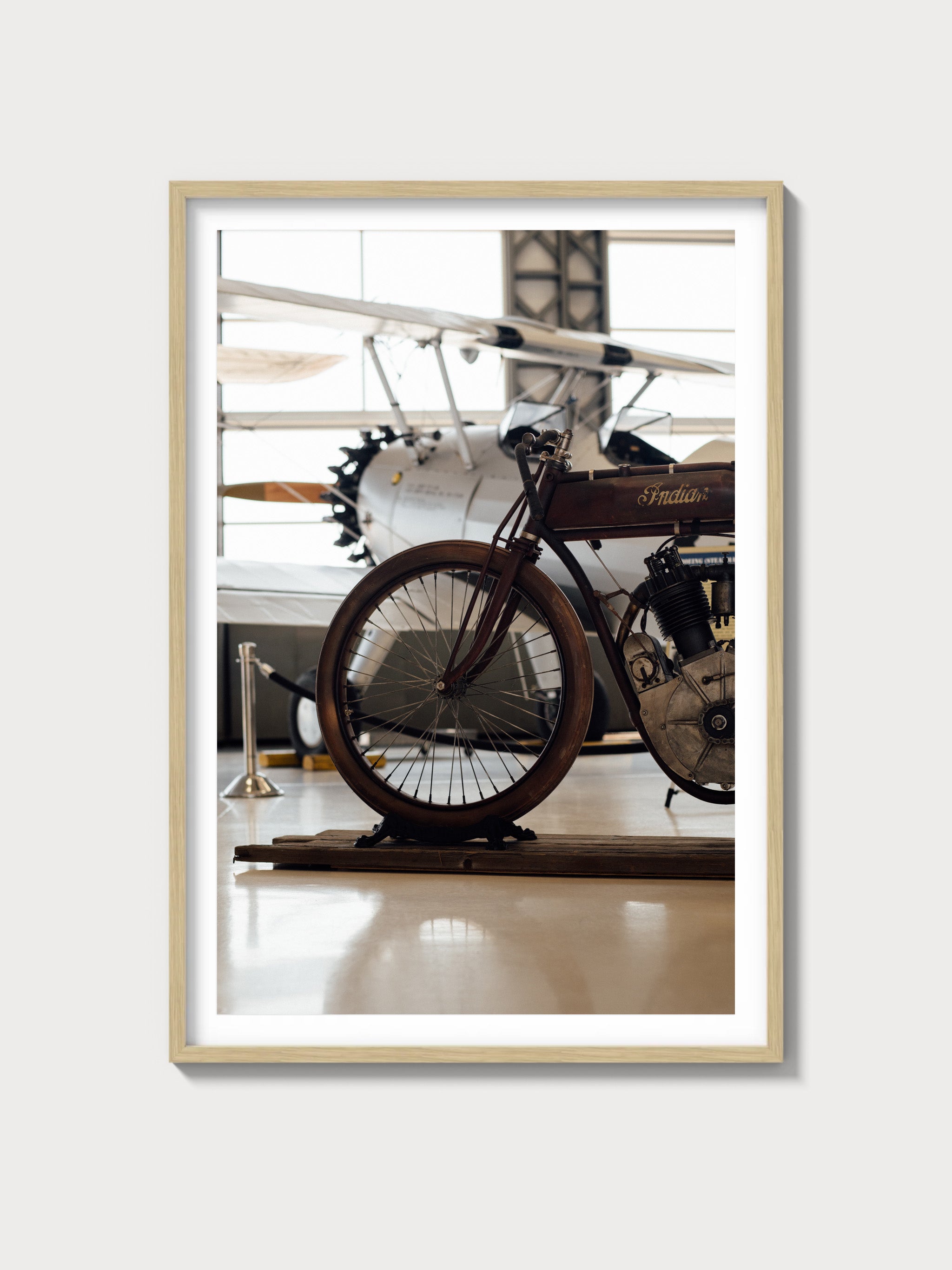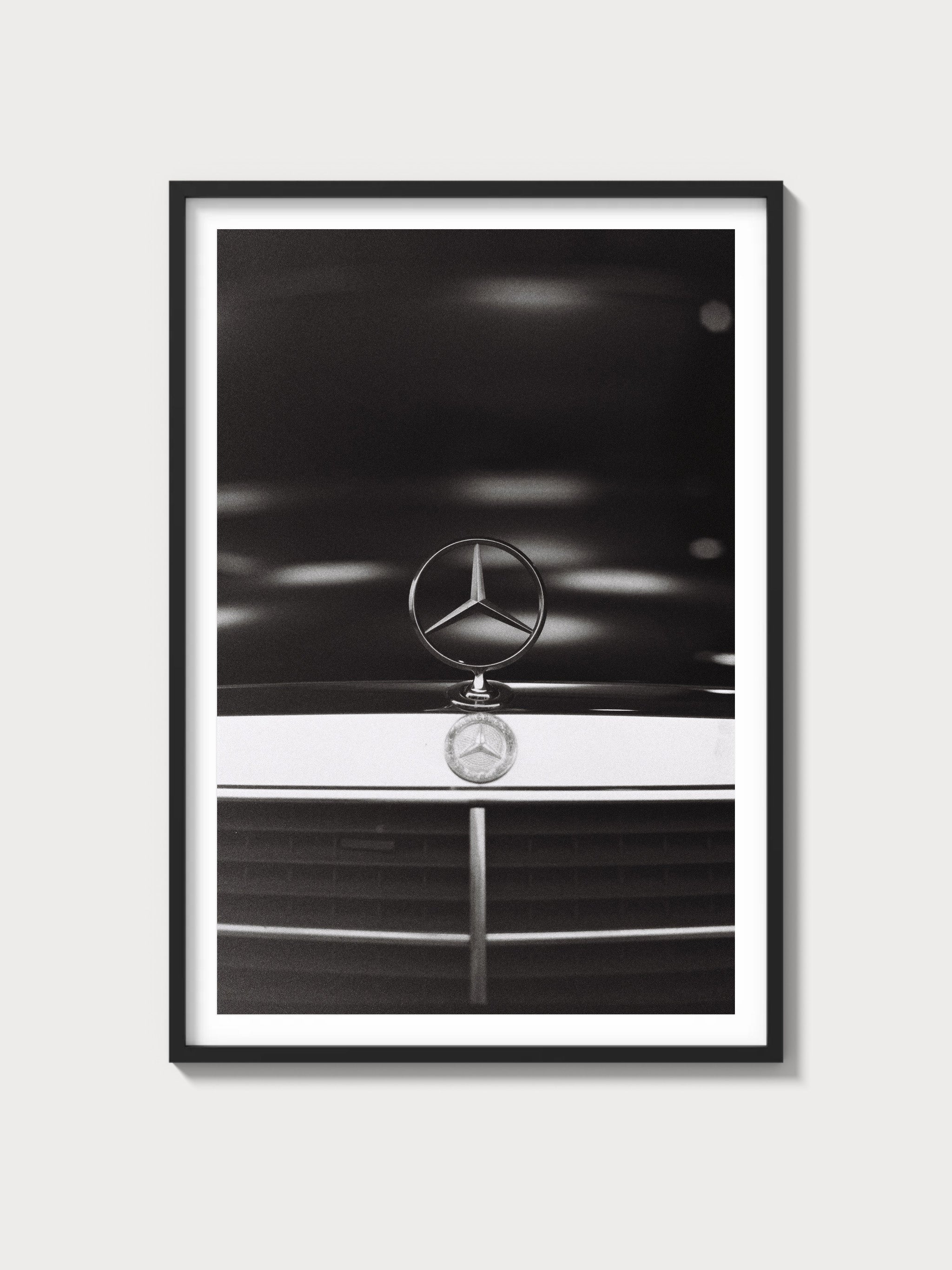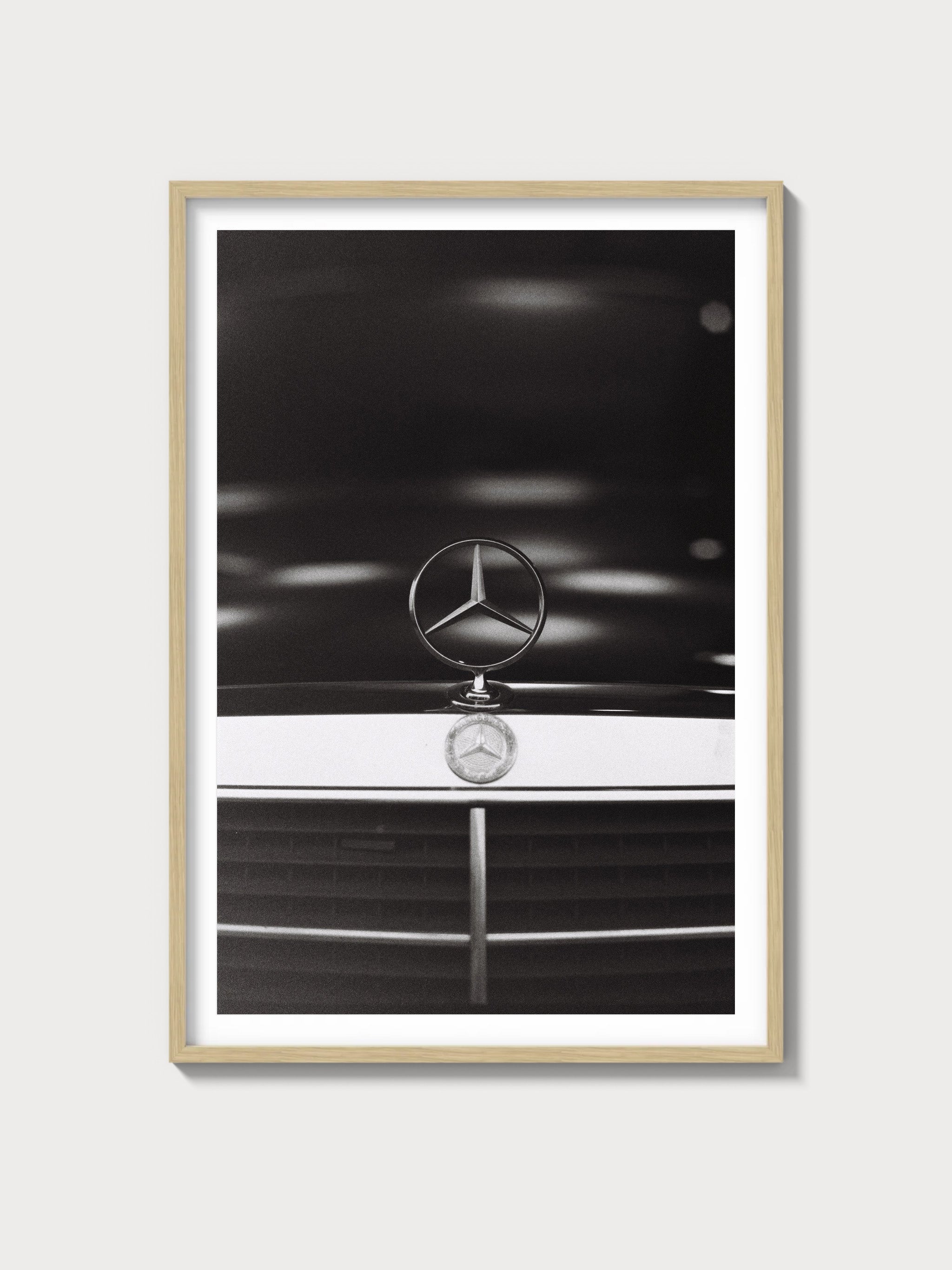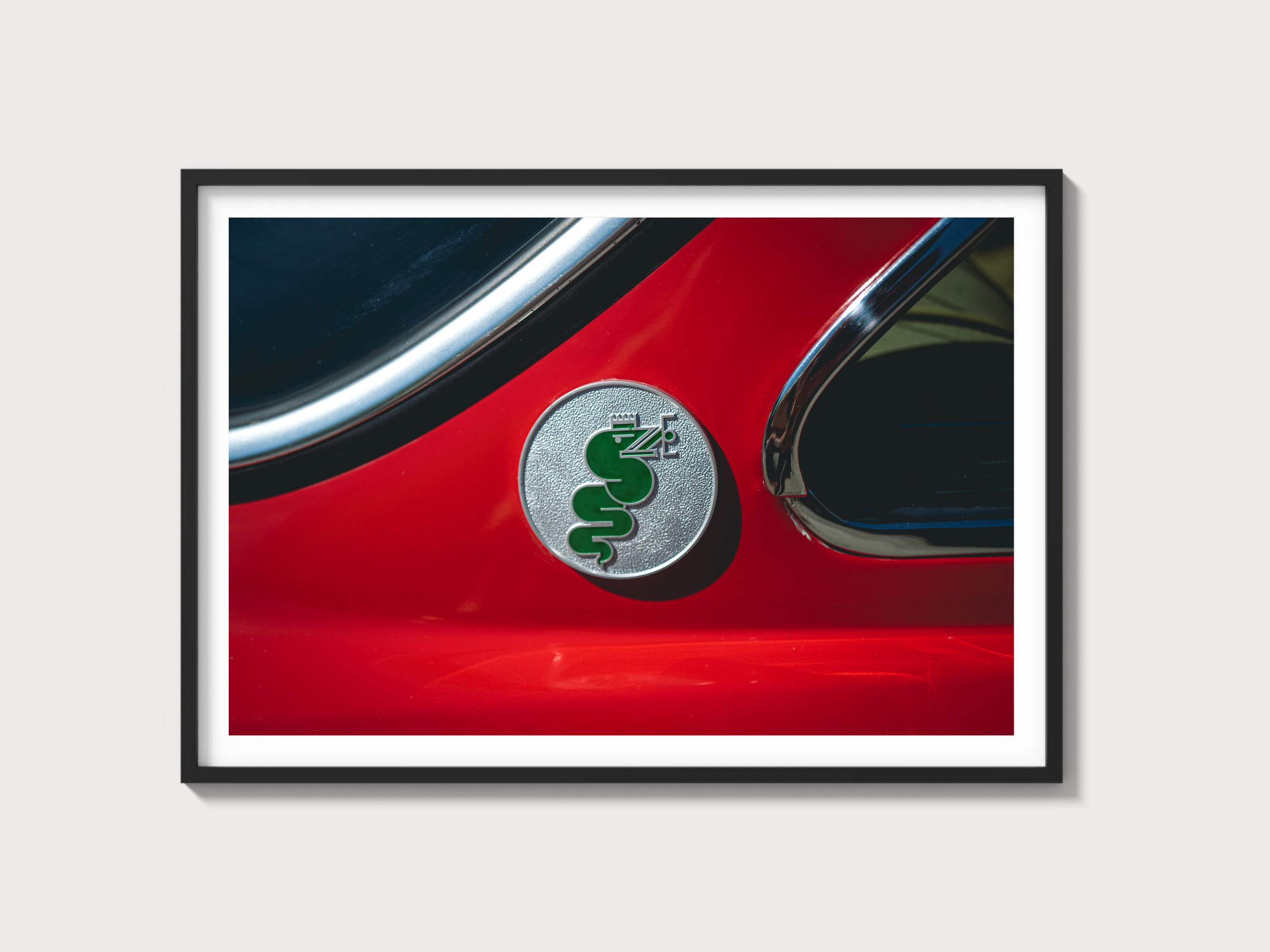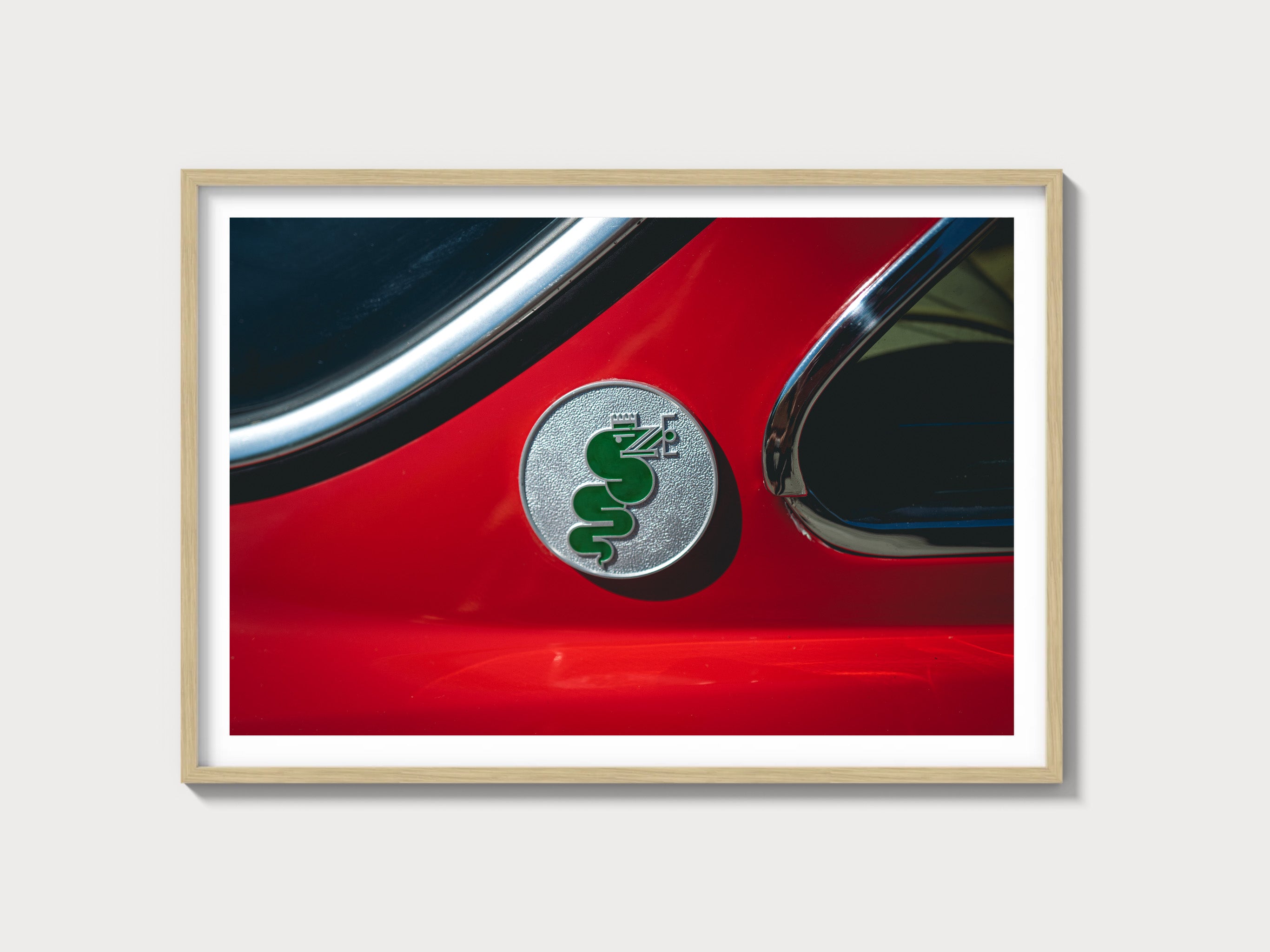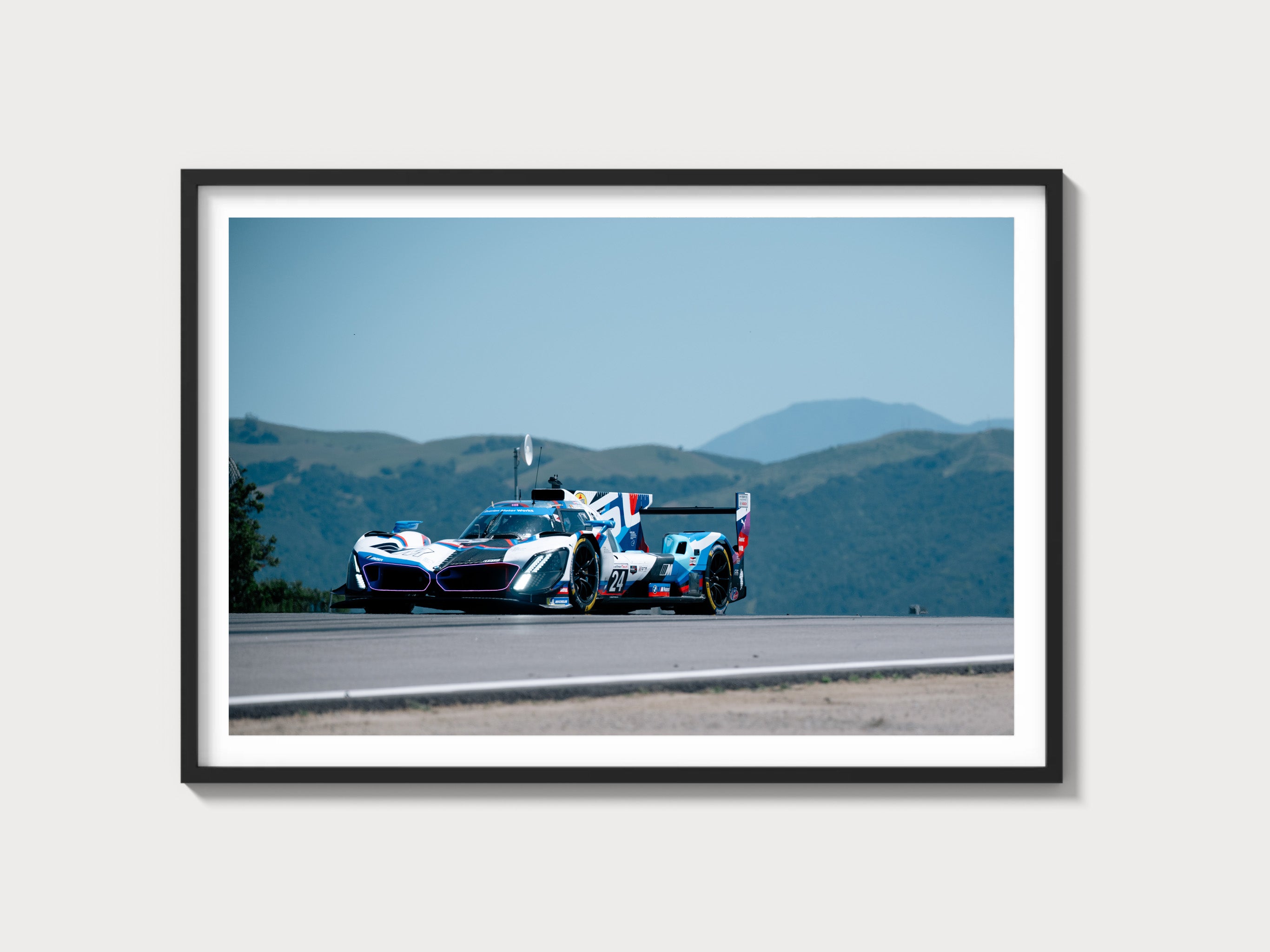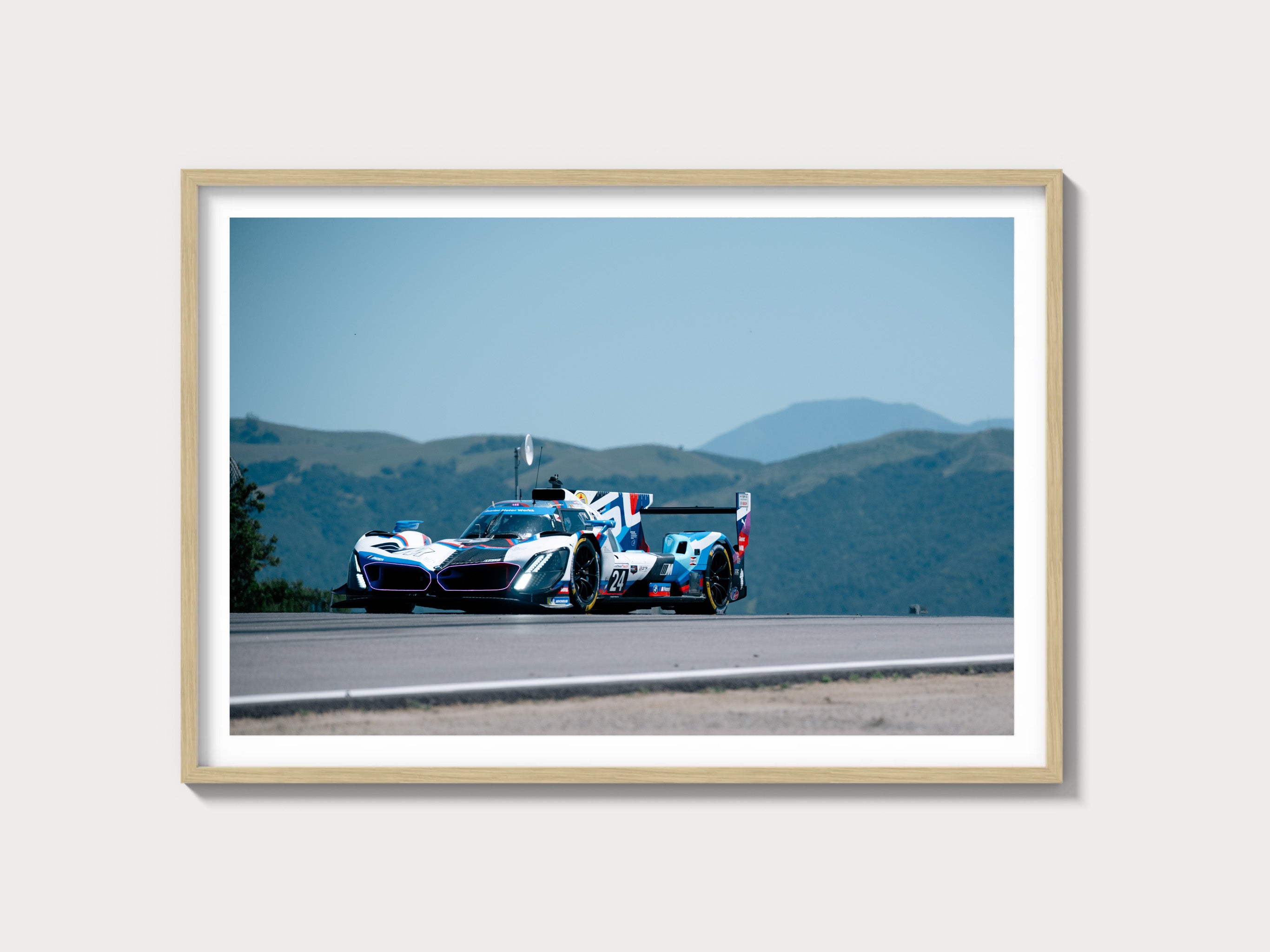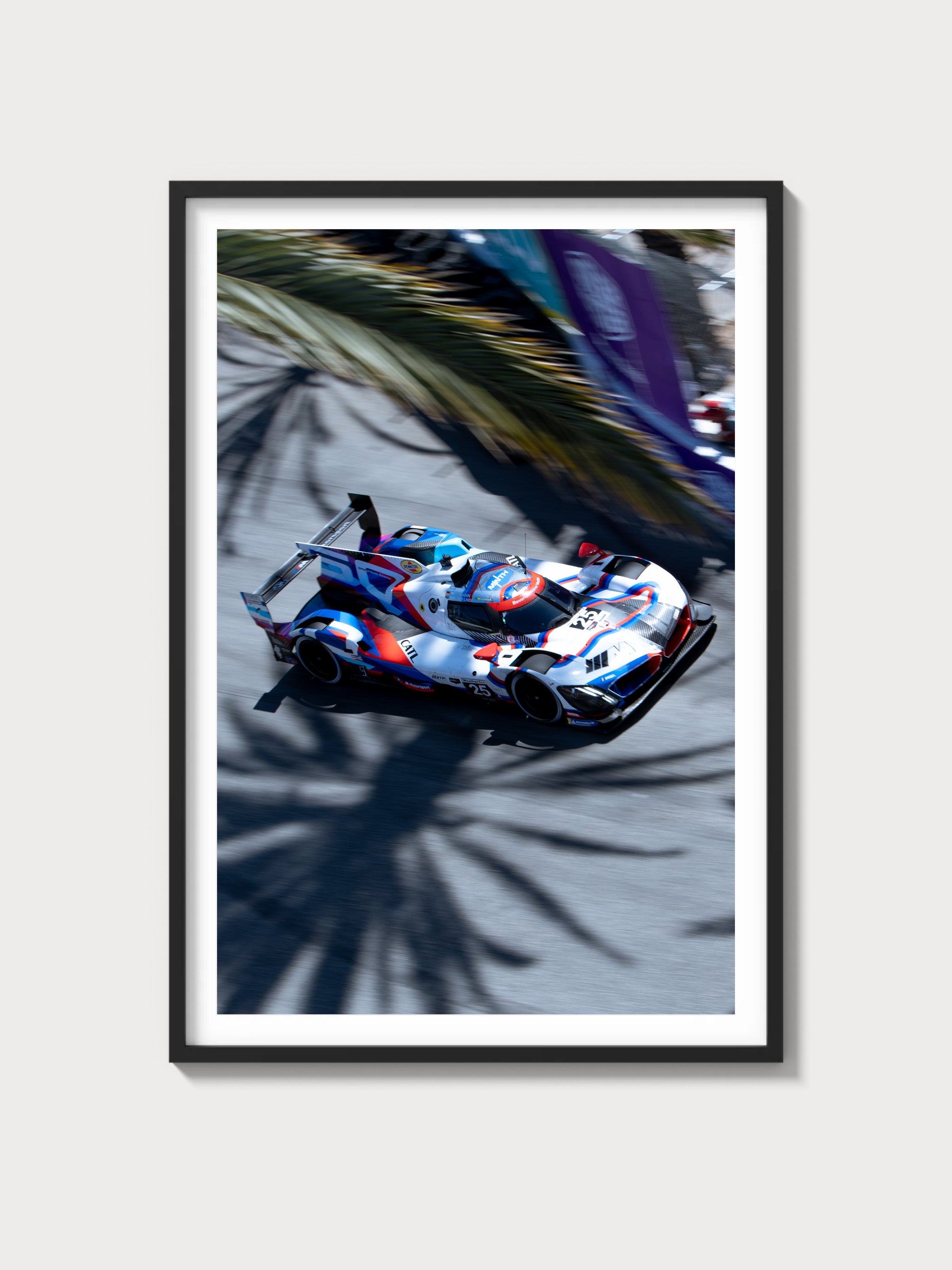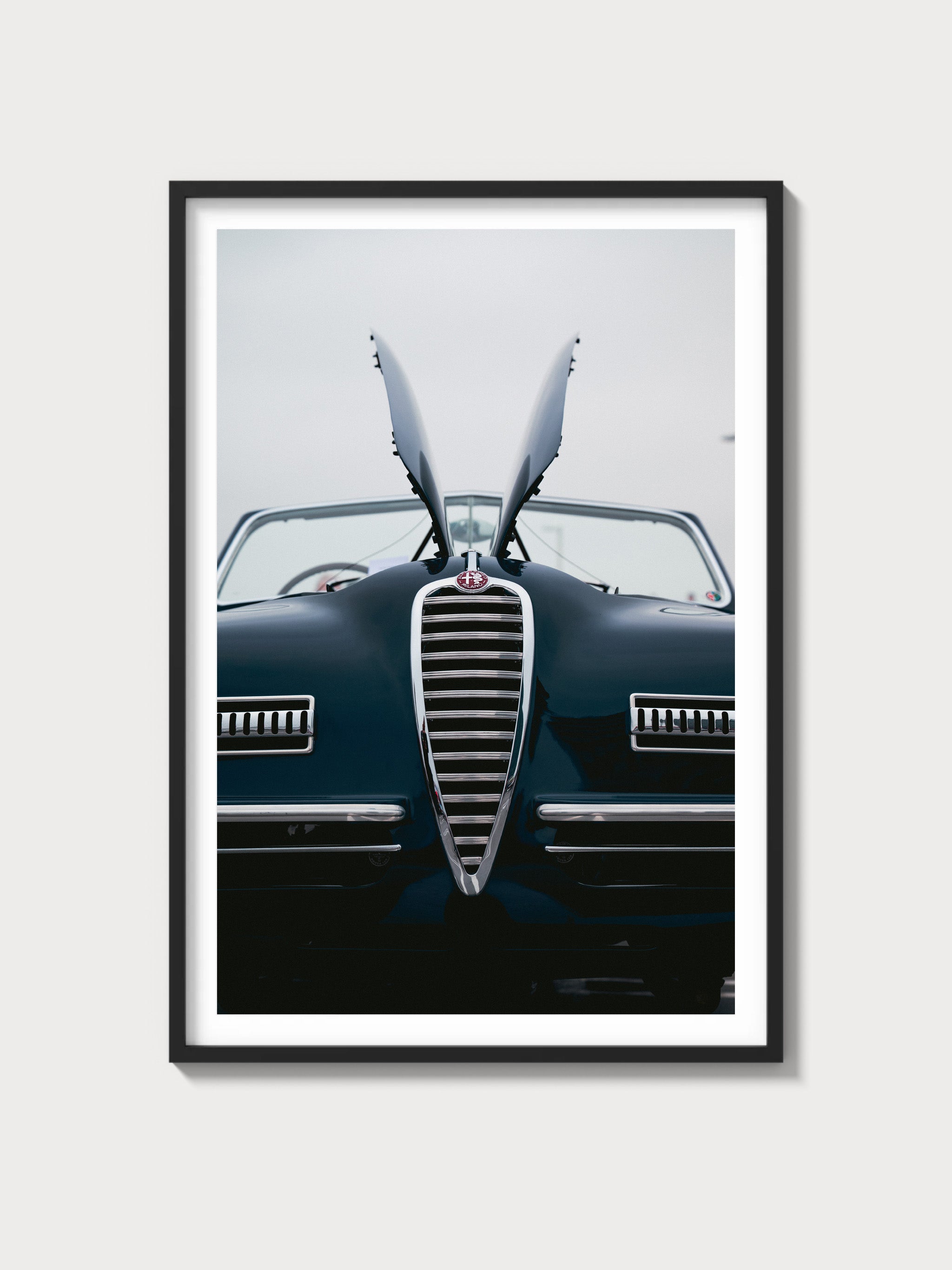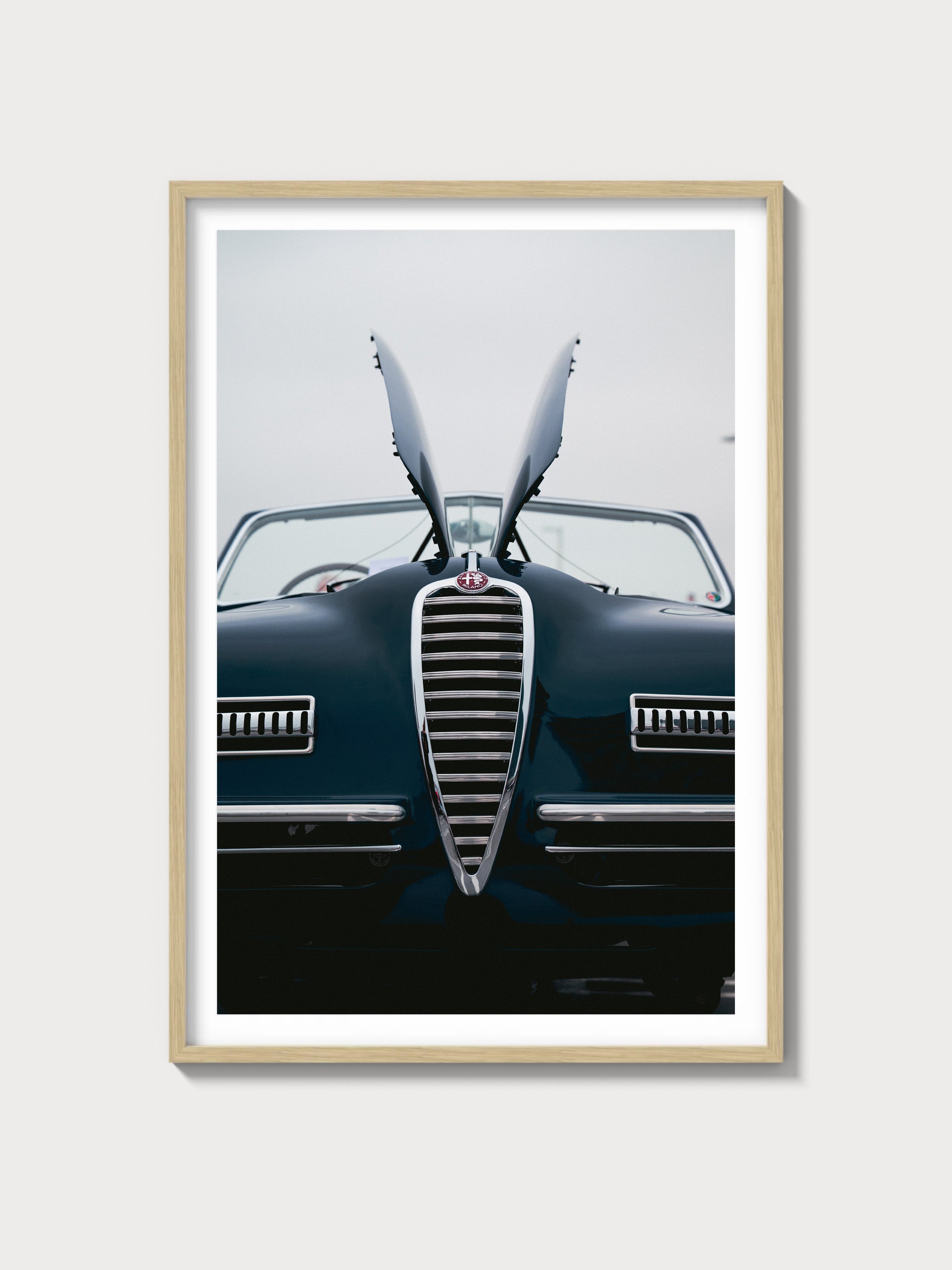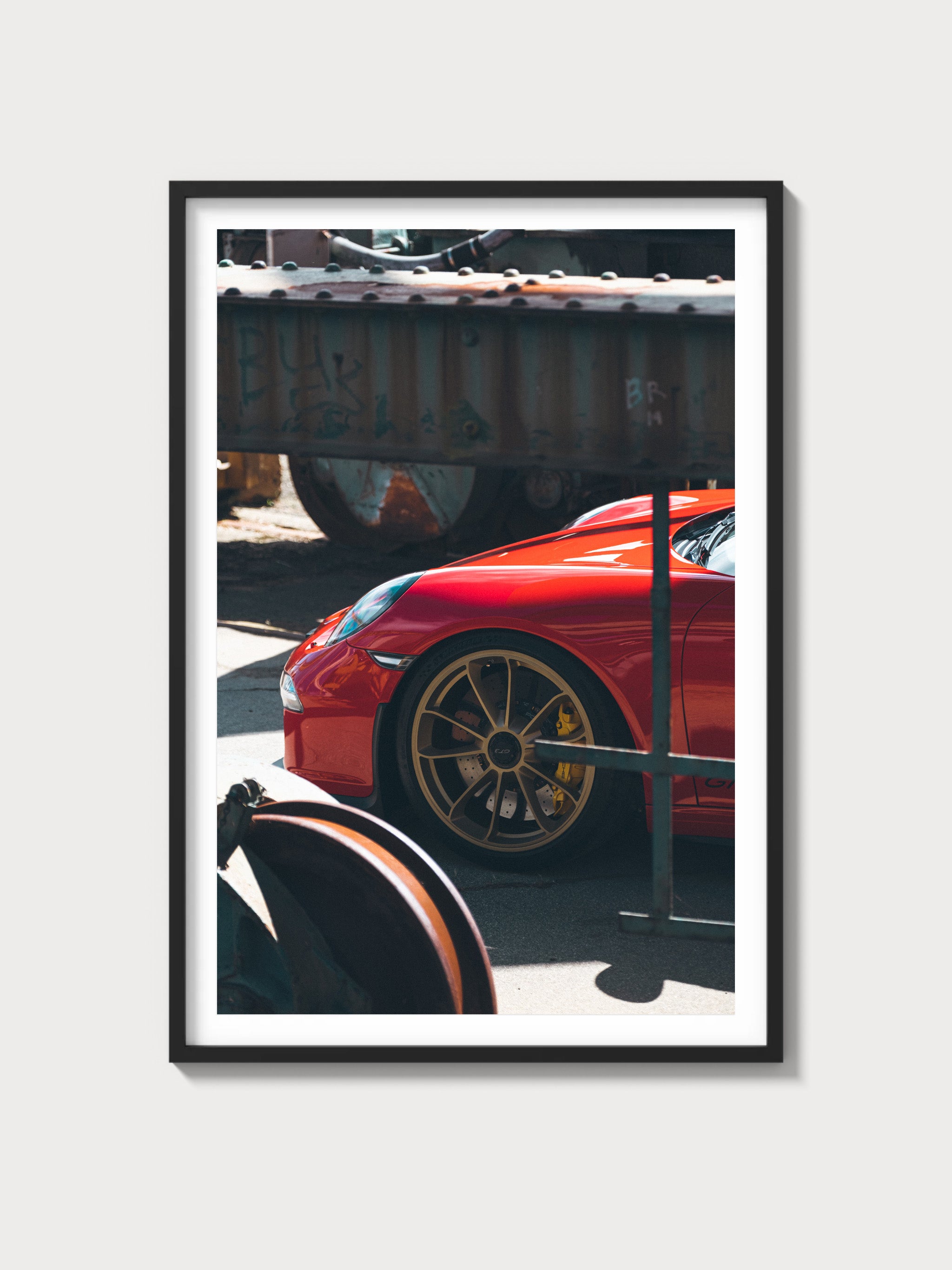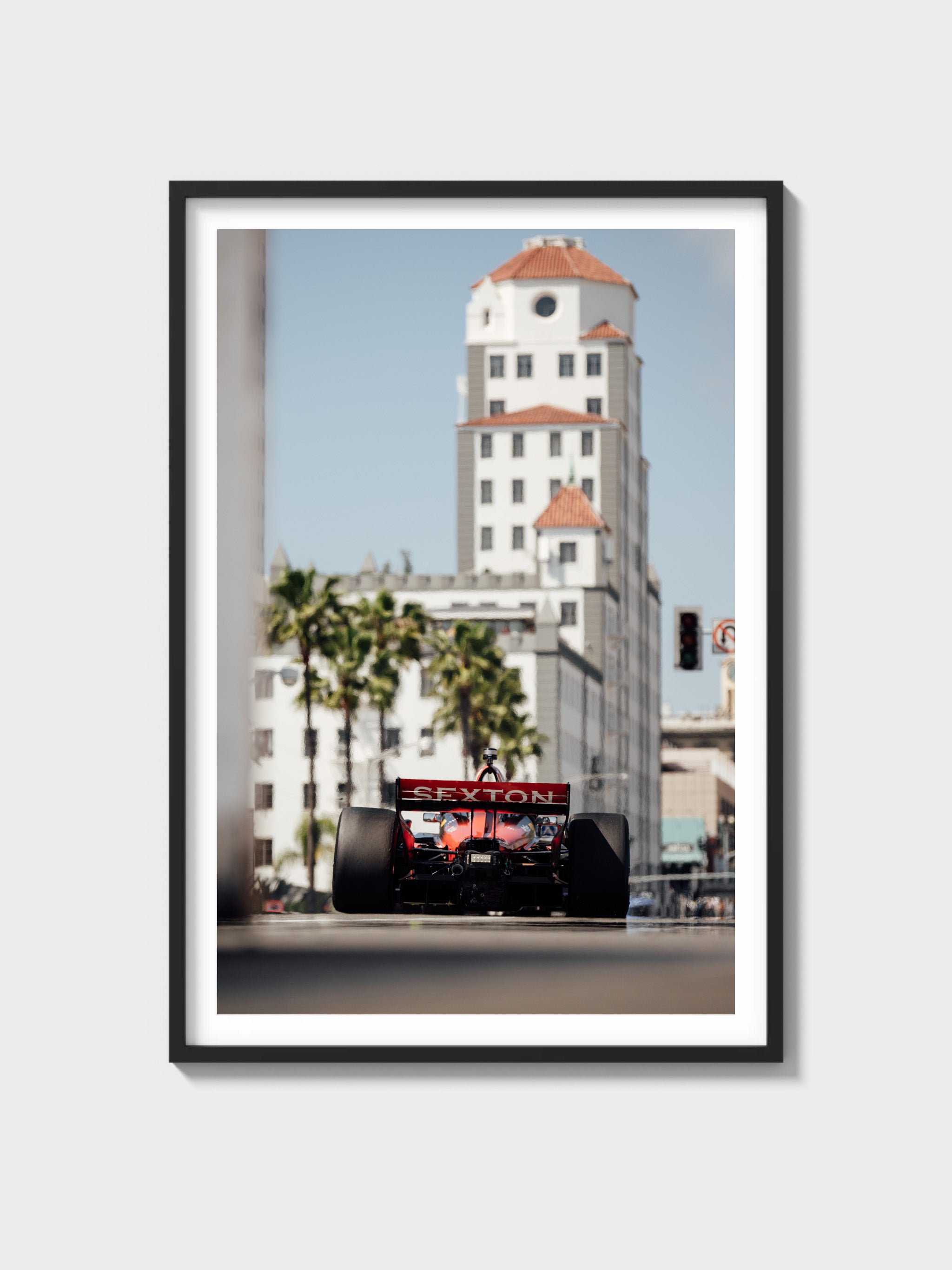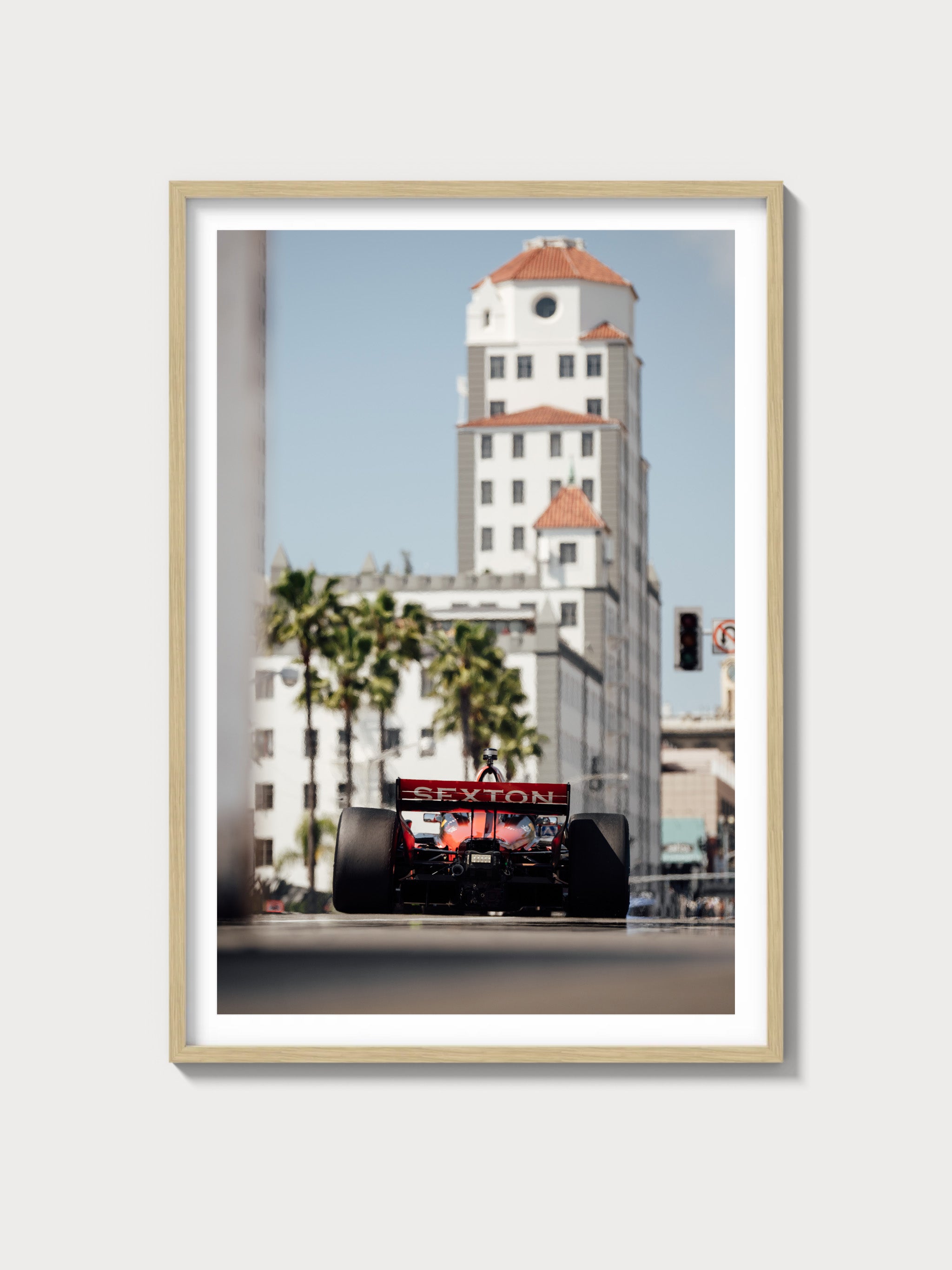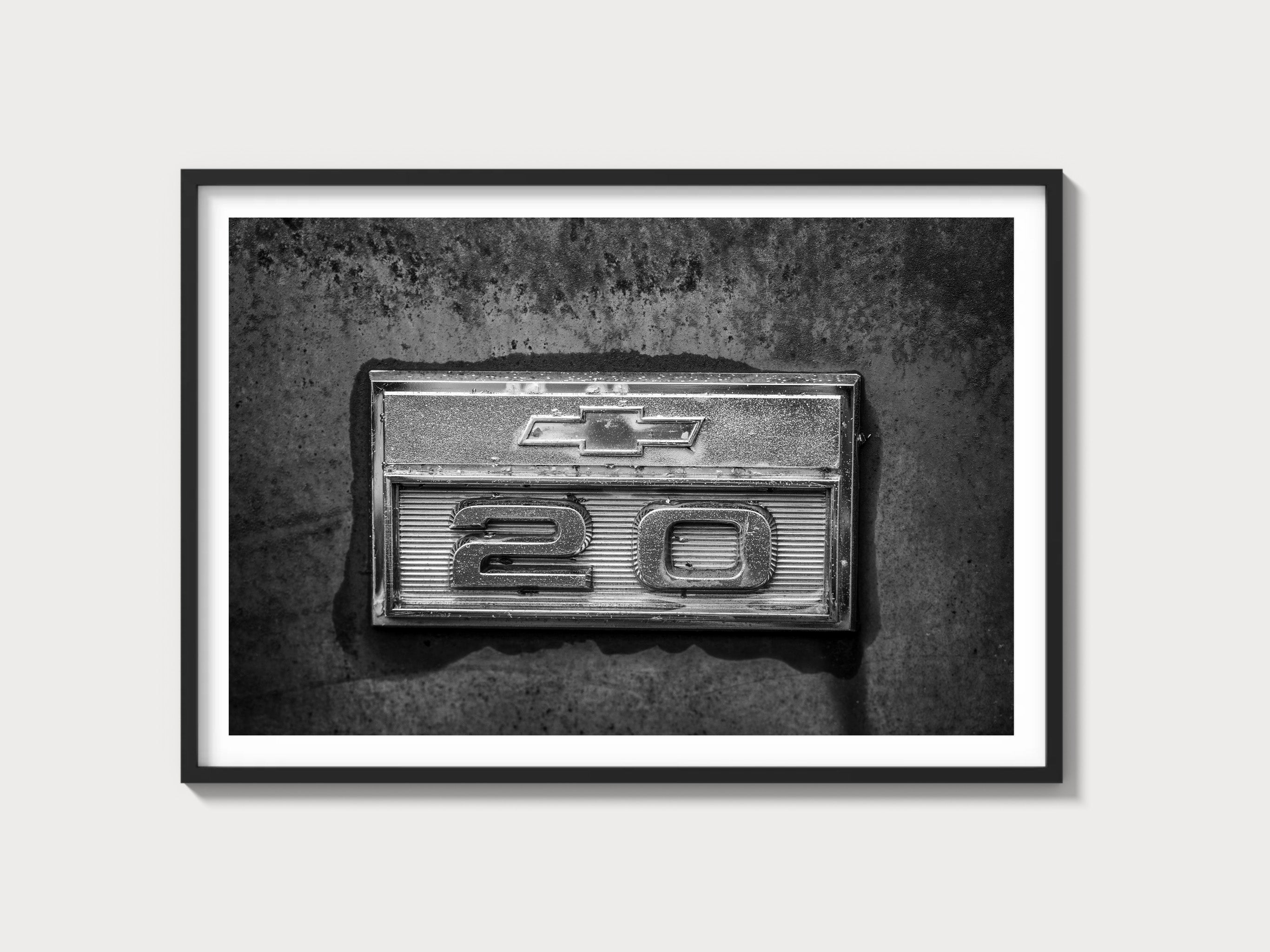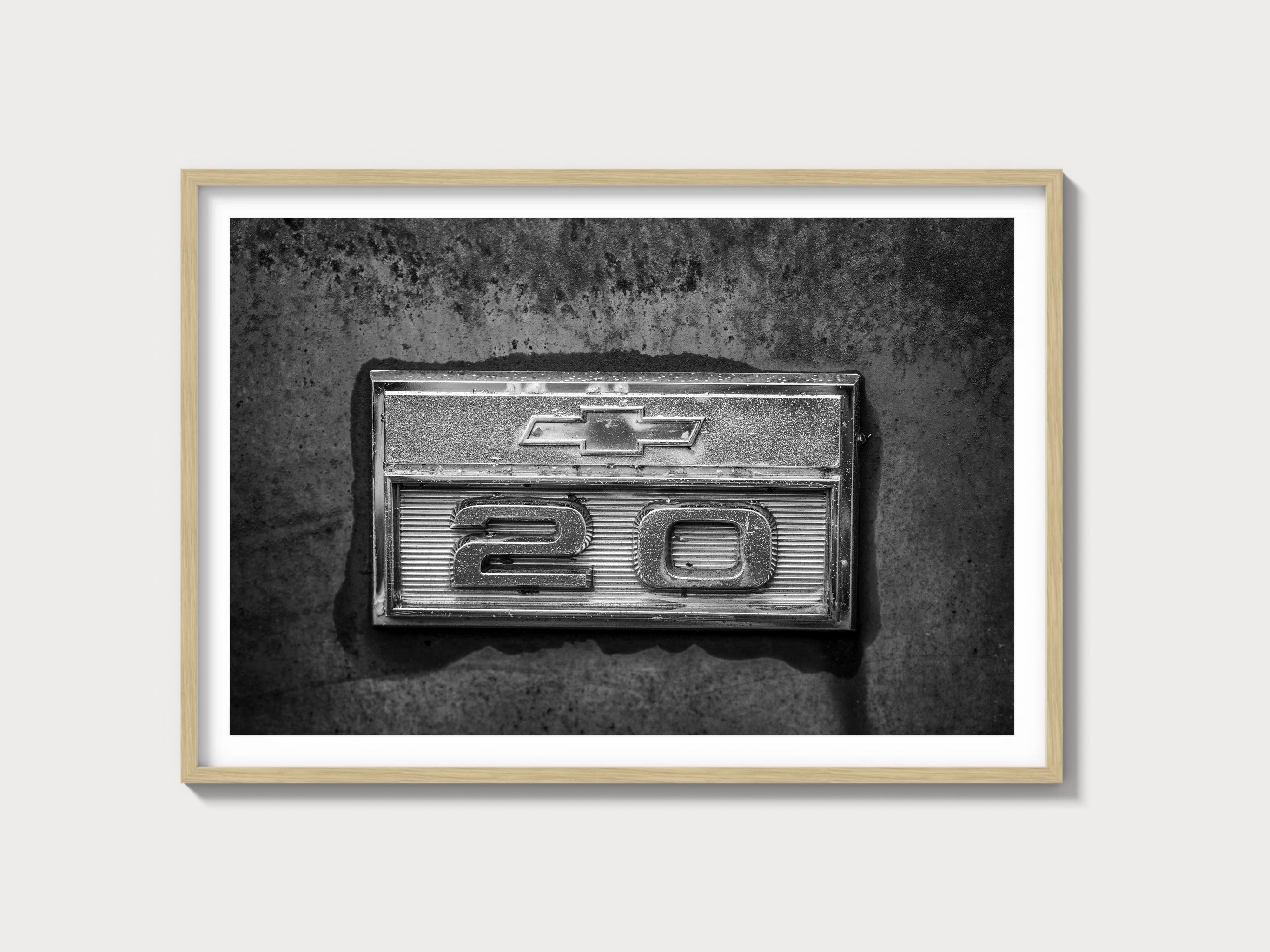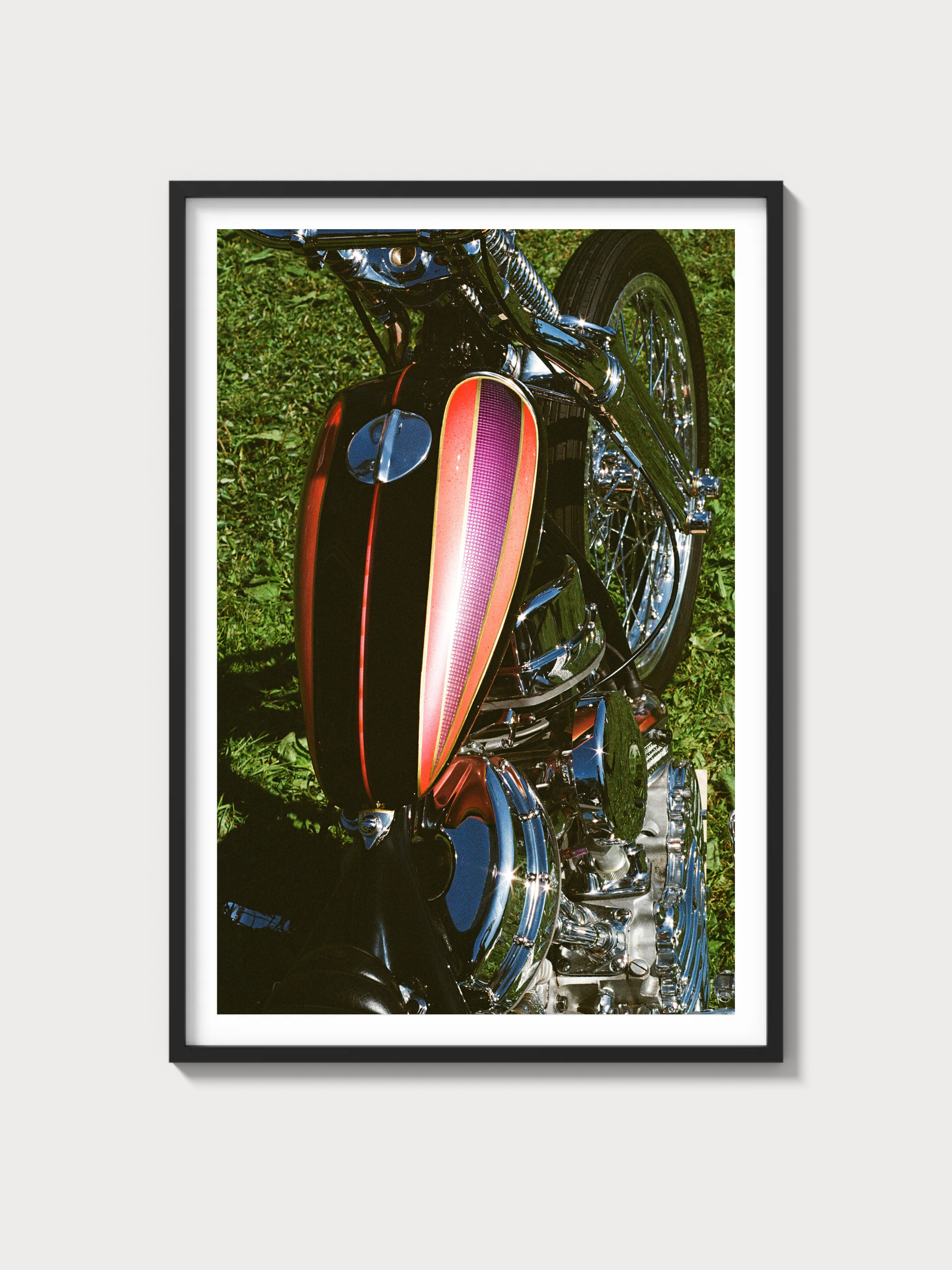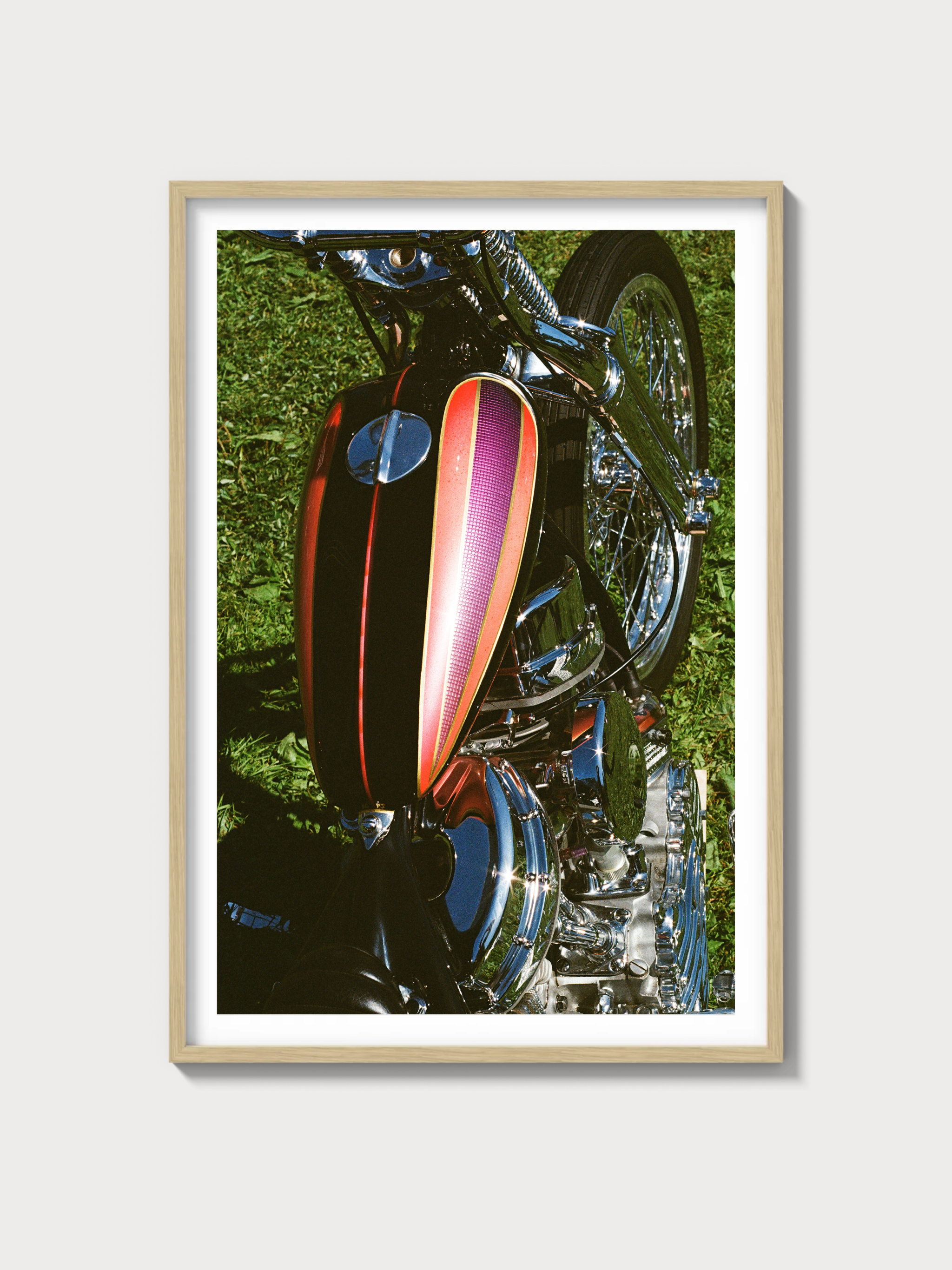The 1968–1974 Ford Econoline: A Van Icon of Its Time
Historical Context and Development Background
The 1968–1974 Ford Econoline series marked a significant evolution in the utility van segment, coinciding with a burgeoning demand for versatile, robust vehicles. During this era, Ford focused on enhancing the Econoline's design and functionality to cater to a wide consumer base ranging from tradespeople to burgeoning families. The Econoline's second generation was introduced as a response to increasing competition from Dodge's A100 and Chevrolet's G-Series, as well as Volkswagen's Type 2, which captured a niche market with its European flair.
Engine and Technical Specifications
| Configuration | Displacement | Horsepower | Induction | Redline | Fuel System | Compression | Bore/Stroke |
|---|---|---|---|---|---|---|---|
| V8 | 302 cu in | 215 HP | Natural Aspiration | 4500 RPM | Carbureted | 9.0:1 | 4.00/3.00 inches |
Driving Experience and Handling Dynamics
The driving experience of the 1968–1974 Ford Econoline is characterized by its robust construction and utilitarian focus. The suspension system was designed to handle heavy loads while providing a stable ride, although road feel was naturally more utilitarian than luxurious. Gearbox options included a three-speed manual and a Ford-O-Matic automatic, offering satisfactory throttle response for its class. The Econoline's handling, while not nimble, was predictable and steady, making it a favorite among commercial drivers.
Full Performance Specifications
| 0–60 mph | Top Speed | Quarter-mile | Weight | Layout | Brakes | Suspension | Gearbox |
|---|---|---|---|---|---|---|---|
| 11.5 sec | 95 mph | 18.5 sec | 3200 lbs | FR | Drum | Leaf Spring | 3-Speed Manual/Automatic |
Variant Breakdown
- E100: Base model, most common, offered basic amenities.
- E200: Mid-range with optional upgrades, more powerful engine choices.
- E300: Heavy-duty variant, higher payload capacity, reinforced chassis.
Ownership Notes
Owners of the 1968–1974 Econoline will find maintenance straightforward, though locating specific parts may require sourcing through specialized vendors. Restoration difficulty is moderate, as these vans were built with simplicity in mind. Regular service intervals and robust engineering make them reliable classics, although attention should be paid to rust-prone areas.
Cultural Relevance
The Ford Econoline from this era gained a cult following, prominently featured in various media as the quintessential American van. Its appearance in films and television solidified its status as an icon of practicality and ruggedness. Today, collectors value these models for their nostalgic appeal and versatility, with clean examples fetching respectable prices at auction.
FAQs
Q: How reliable is the 1968–1974 Ford Econoline?
A: The Econoline is considered reliable, provided regular maintenance is performed, especially regarding the engine and transmission.
Q: What are common problems with these models?
A: Rust and electrical issues are common due to the age of the vehicles, along with wear on suspension components.
Q: Are parts readily available?
A: Many parts are available through vintage car specialists and online marketplaces, although some specific items may require patience to locate.

